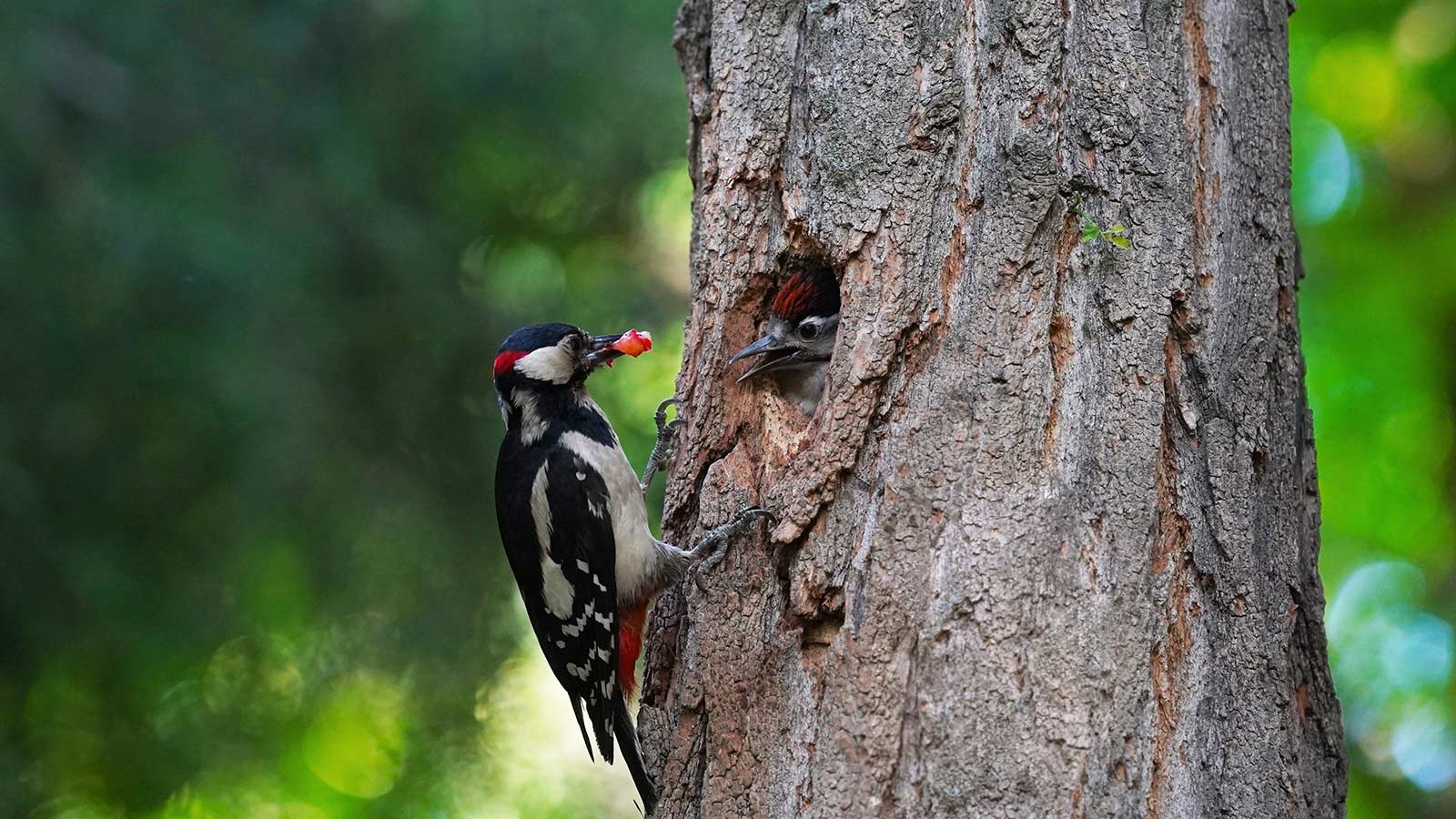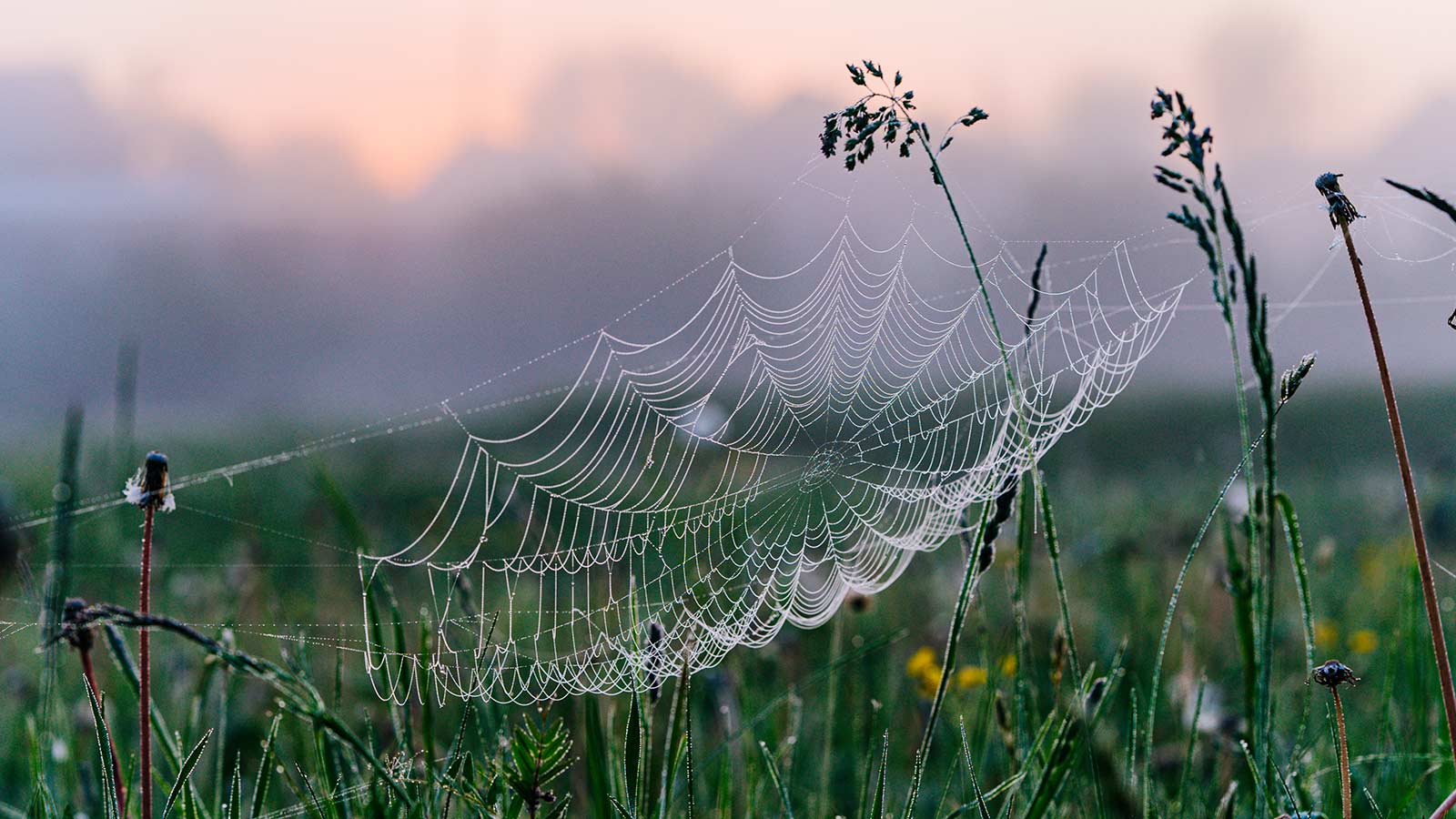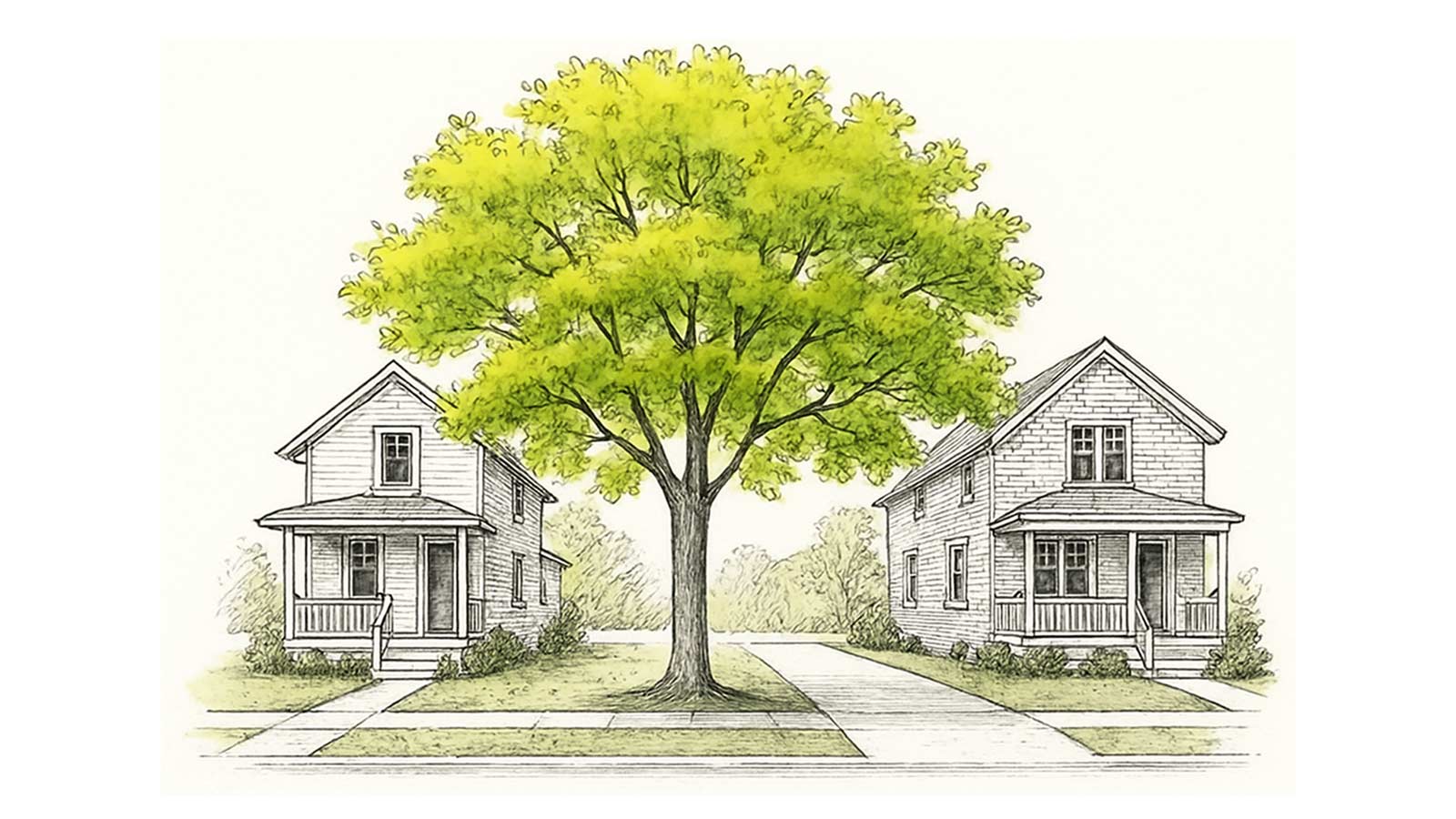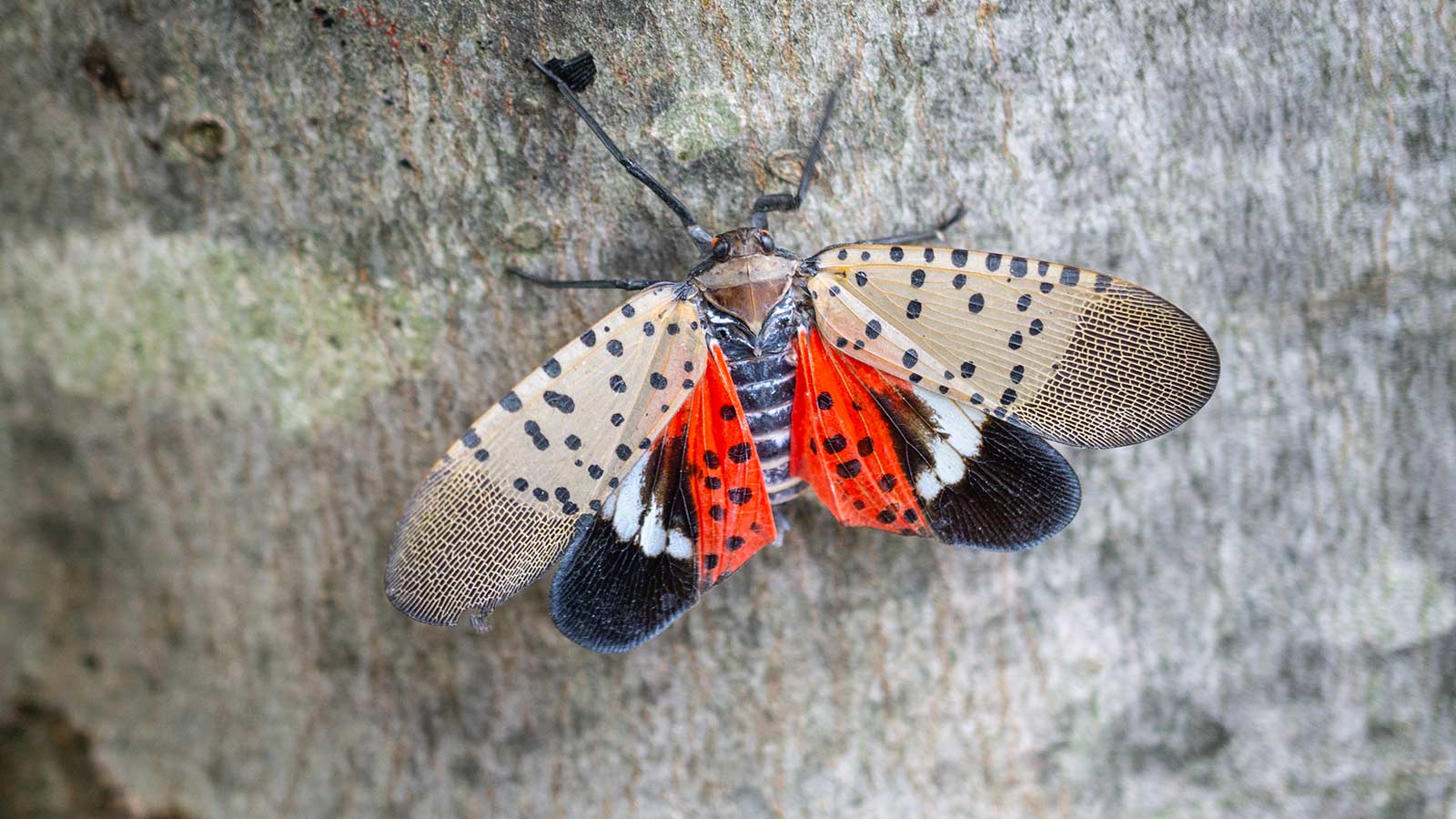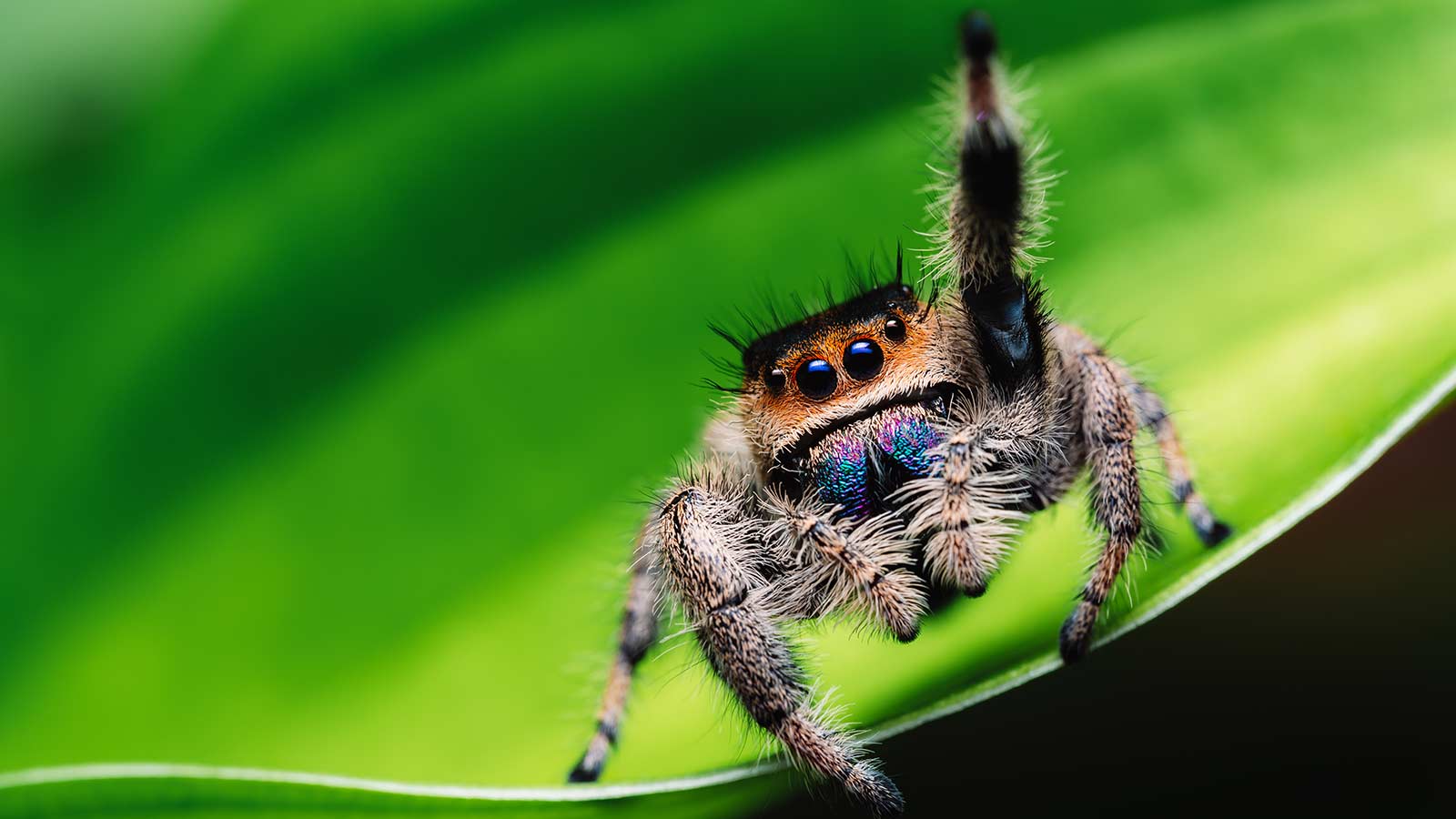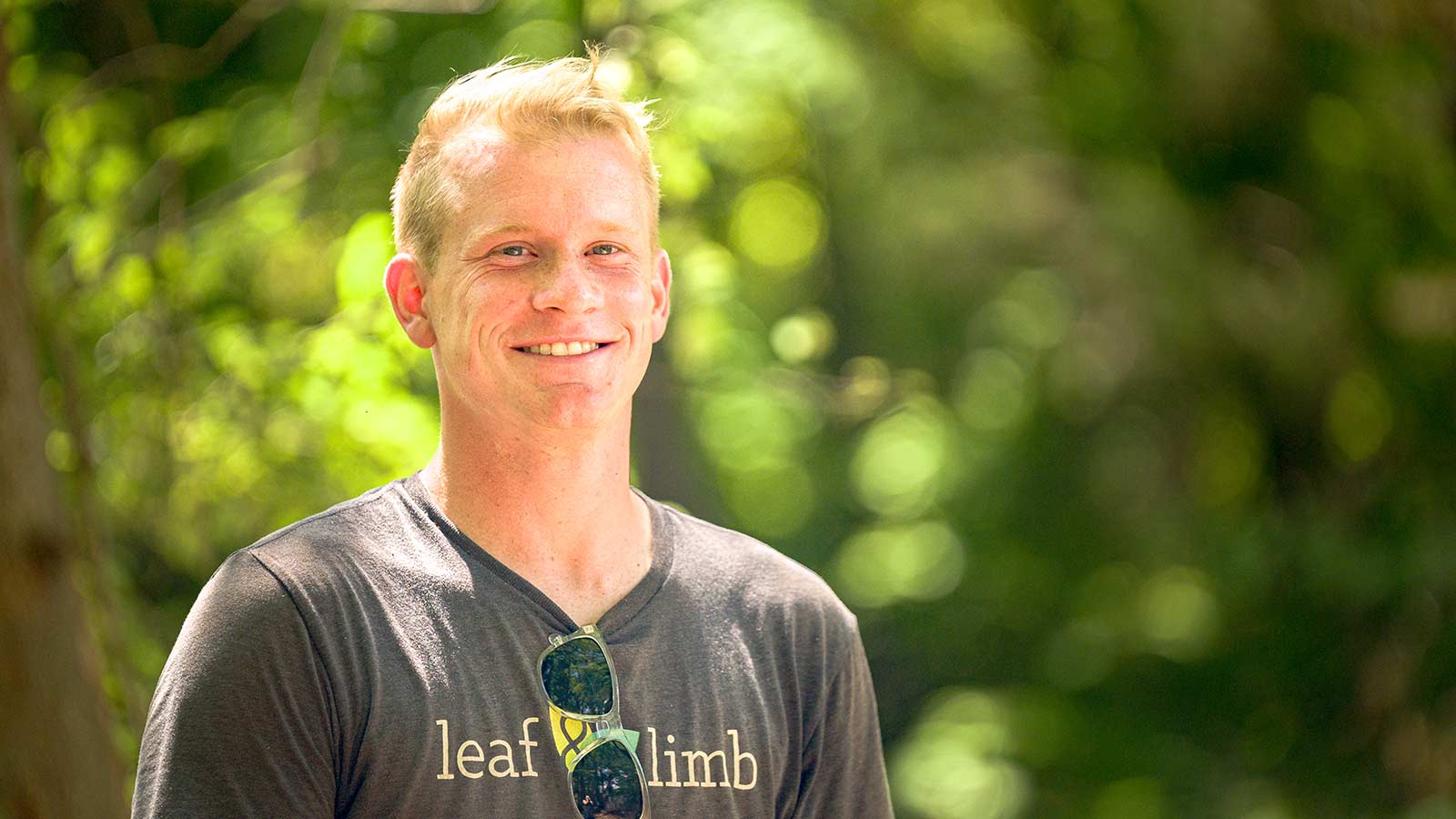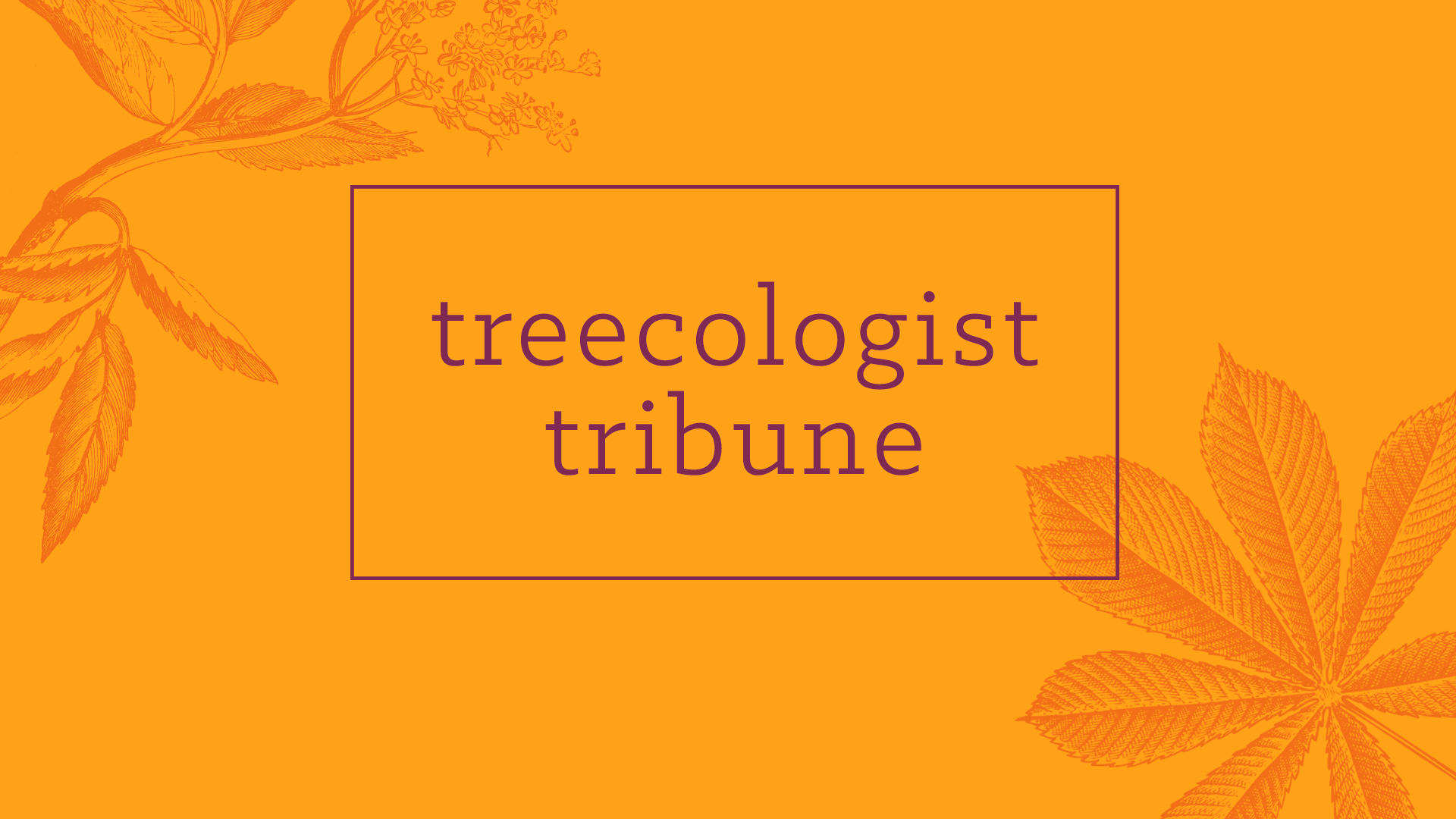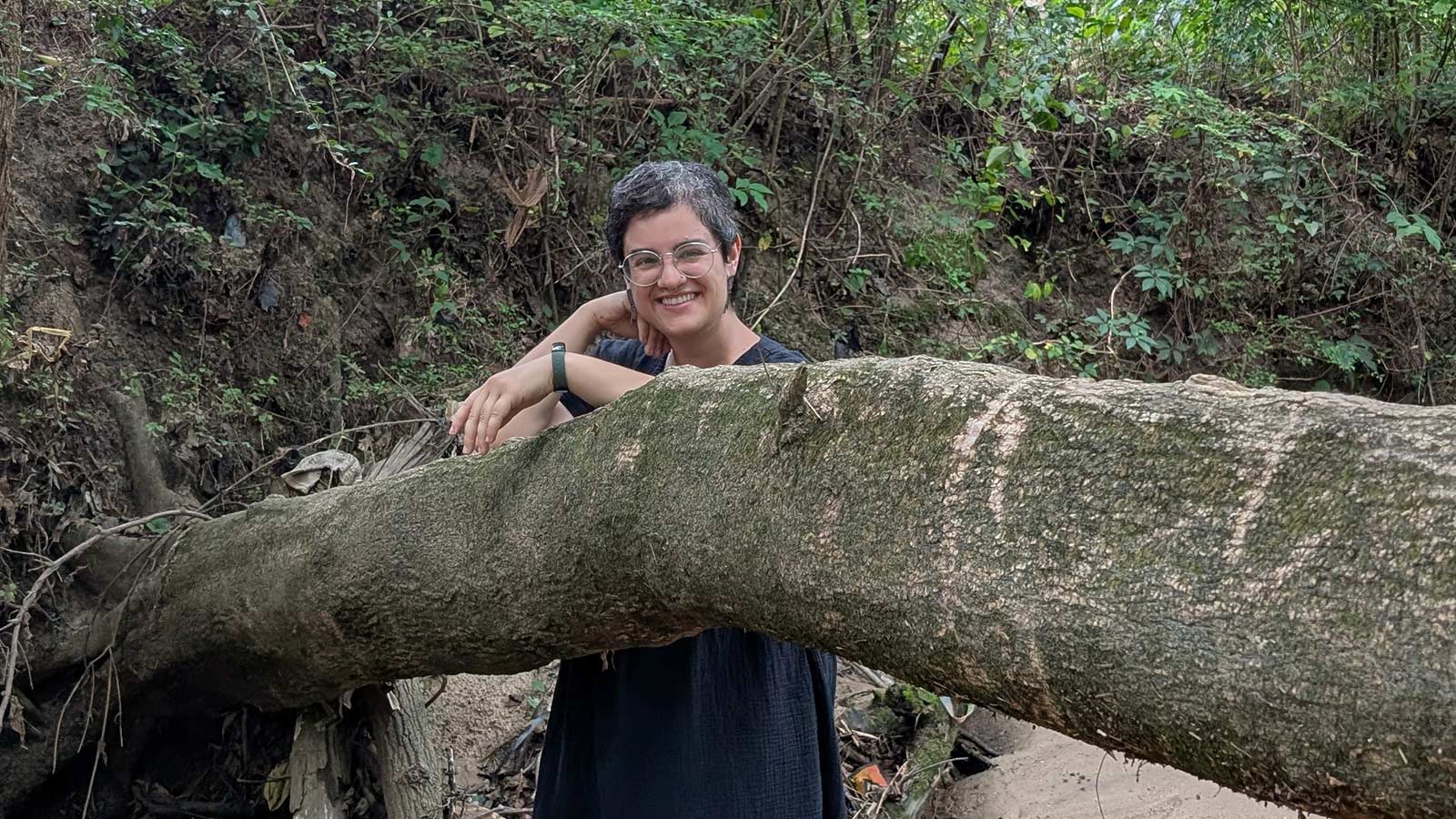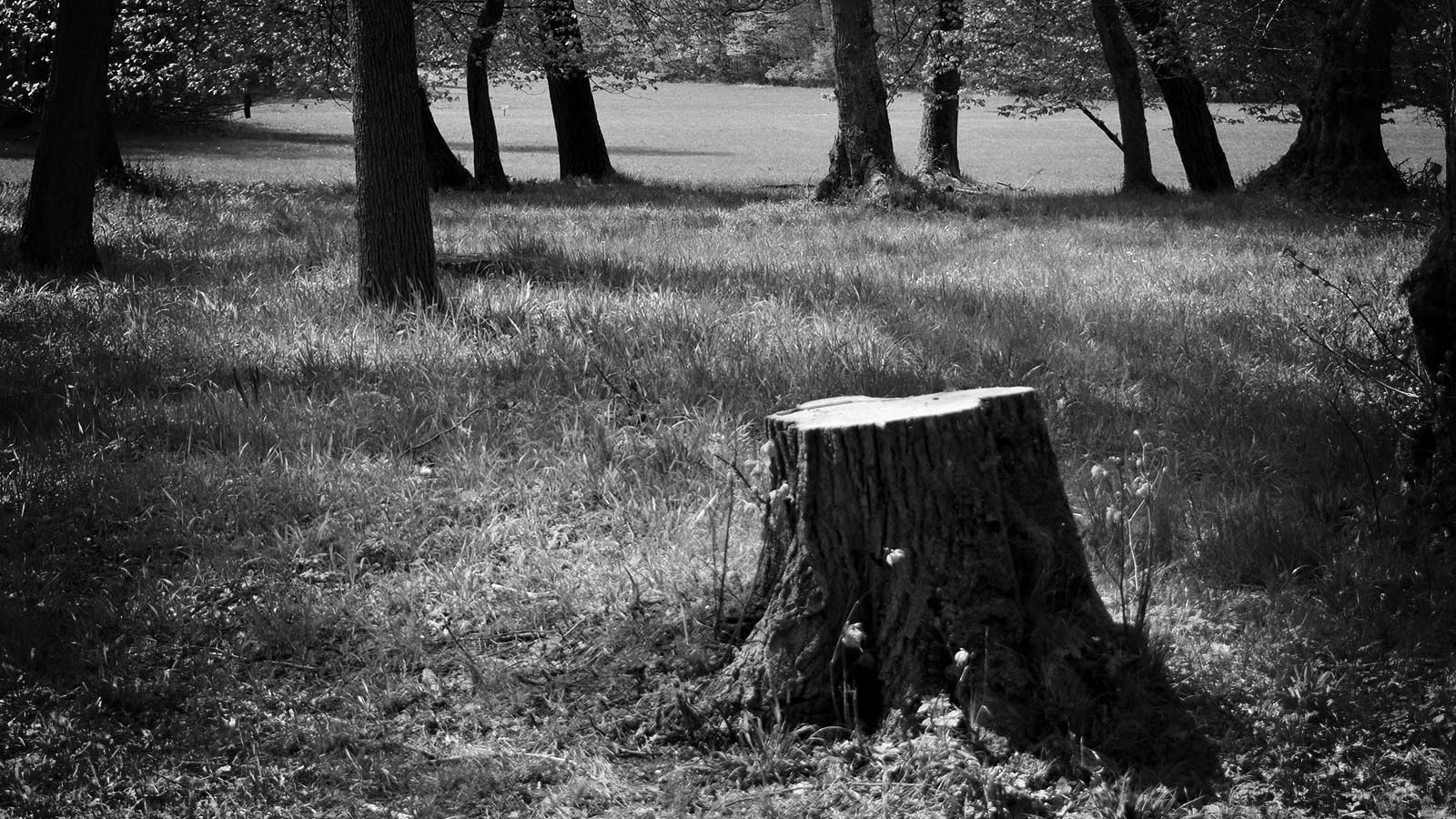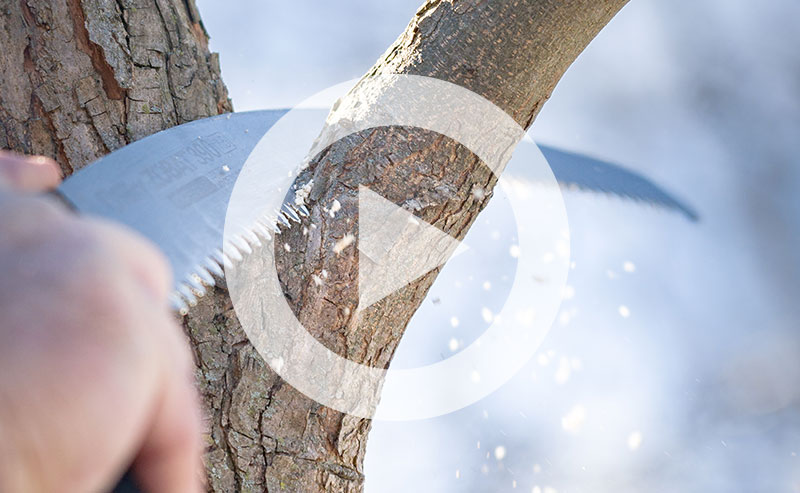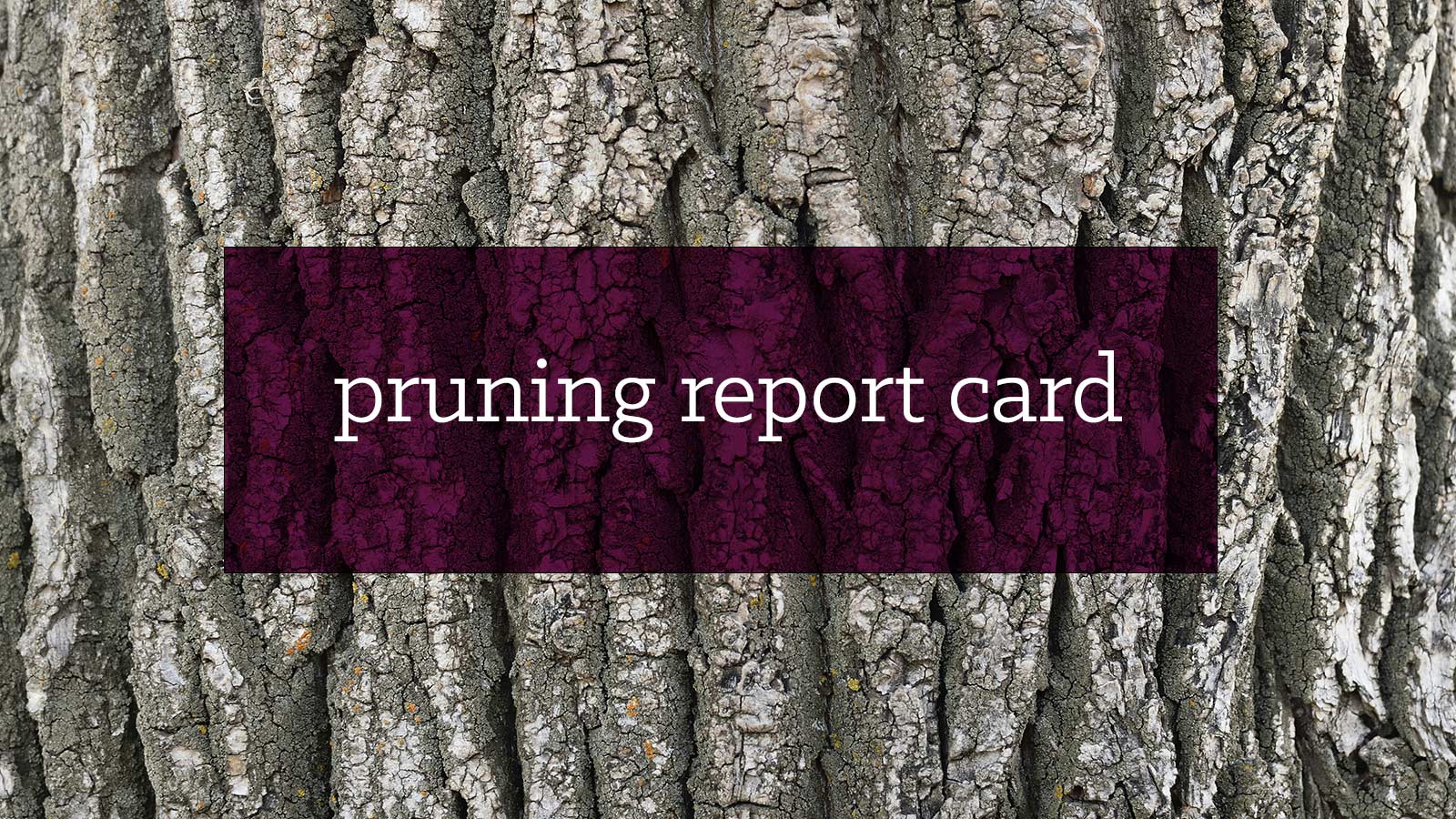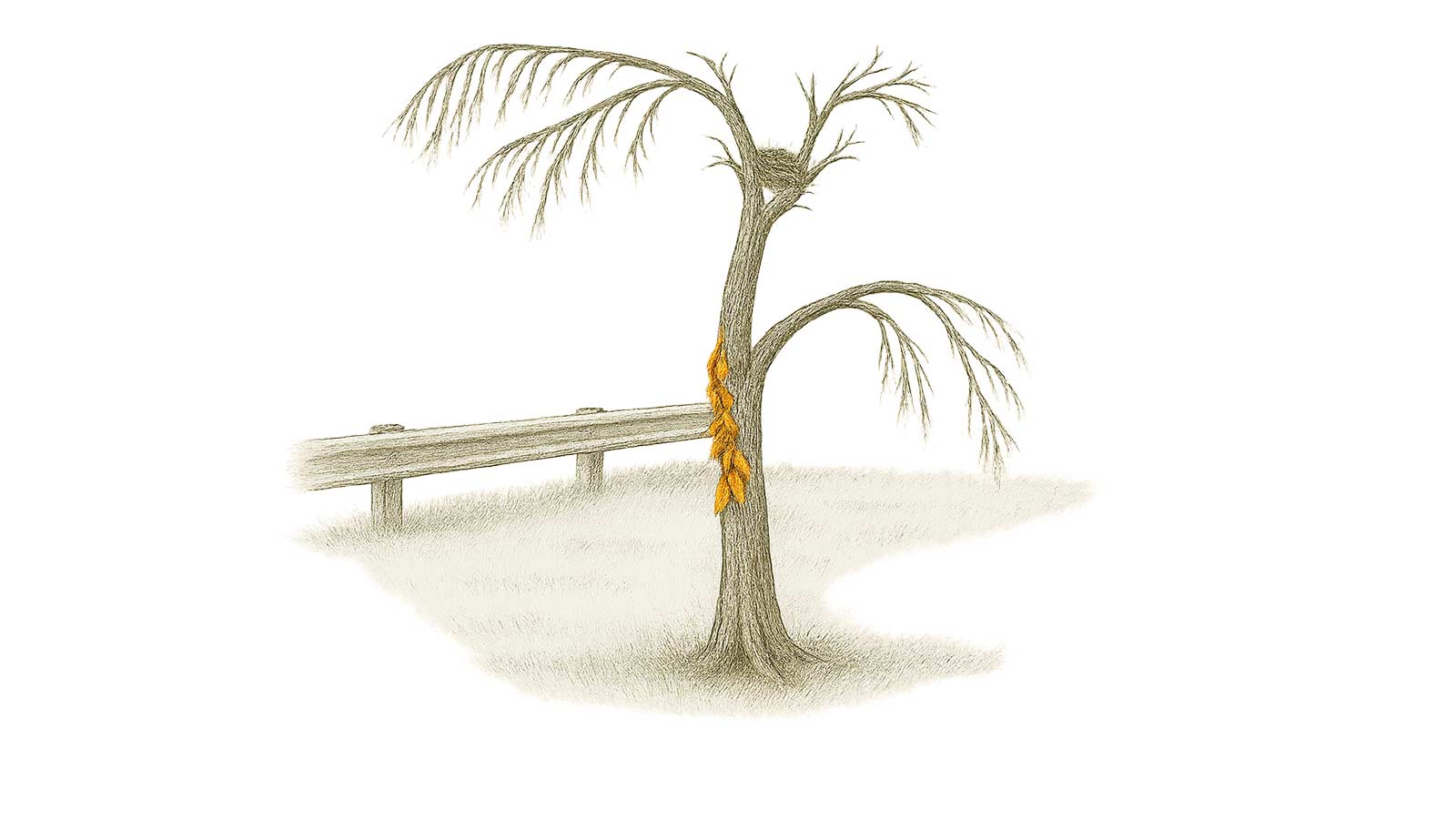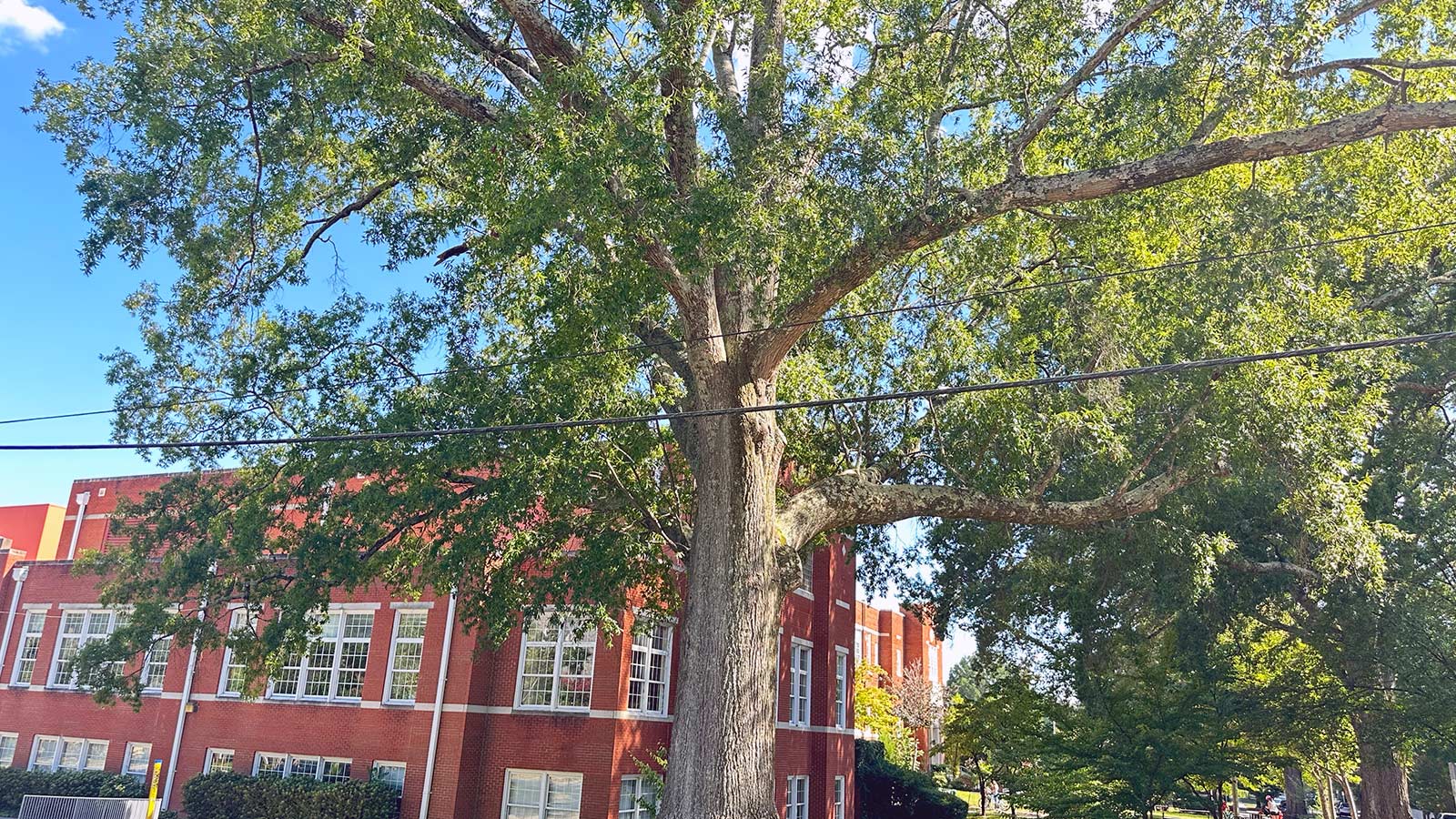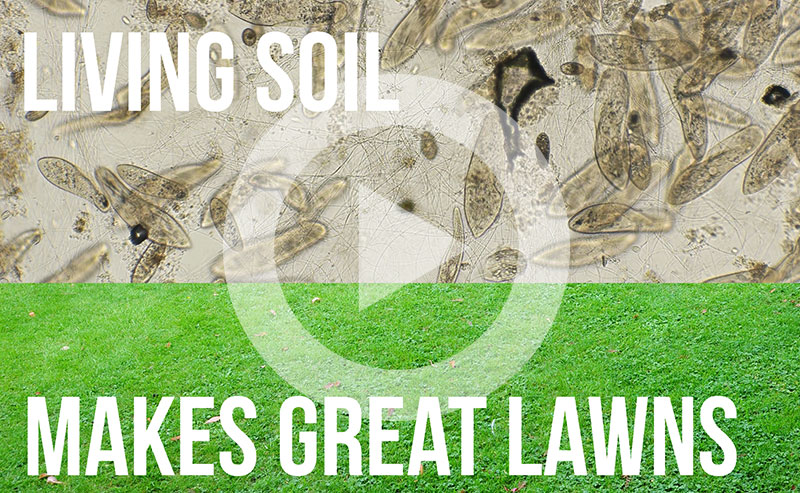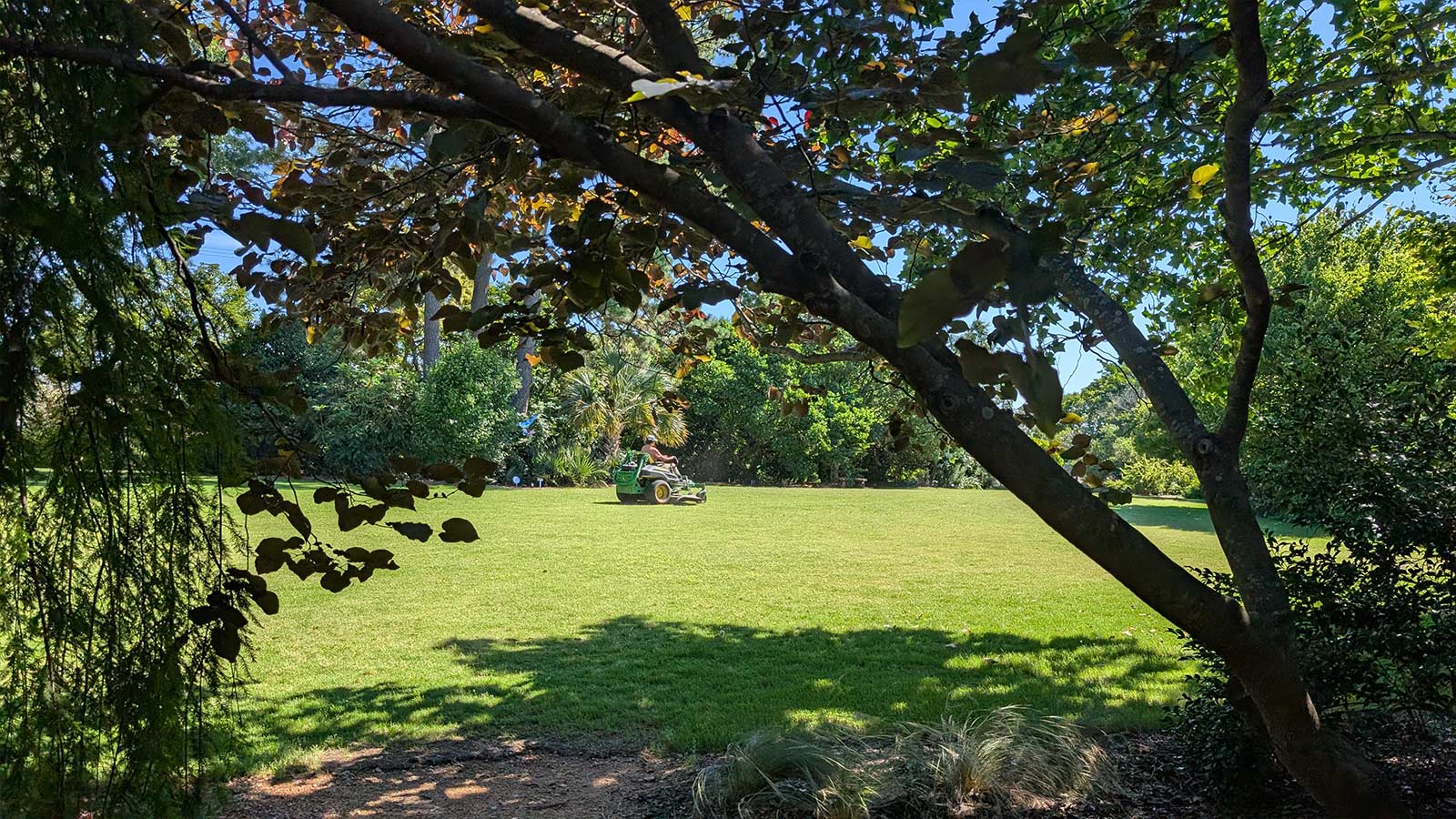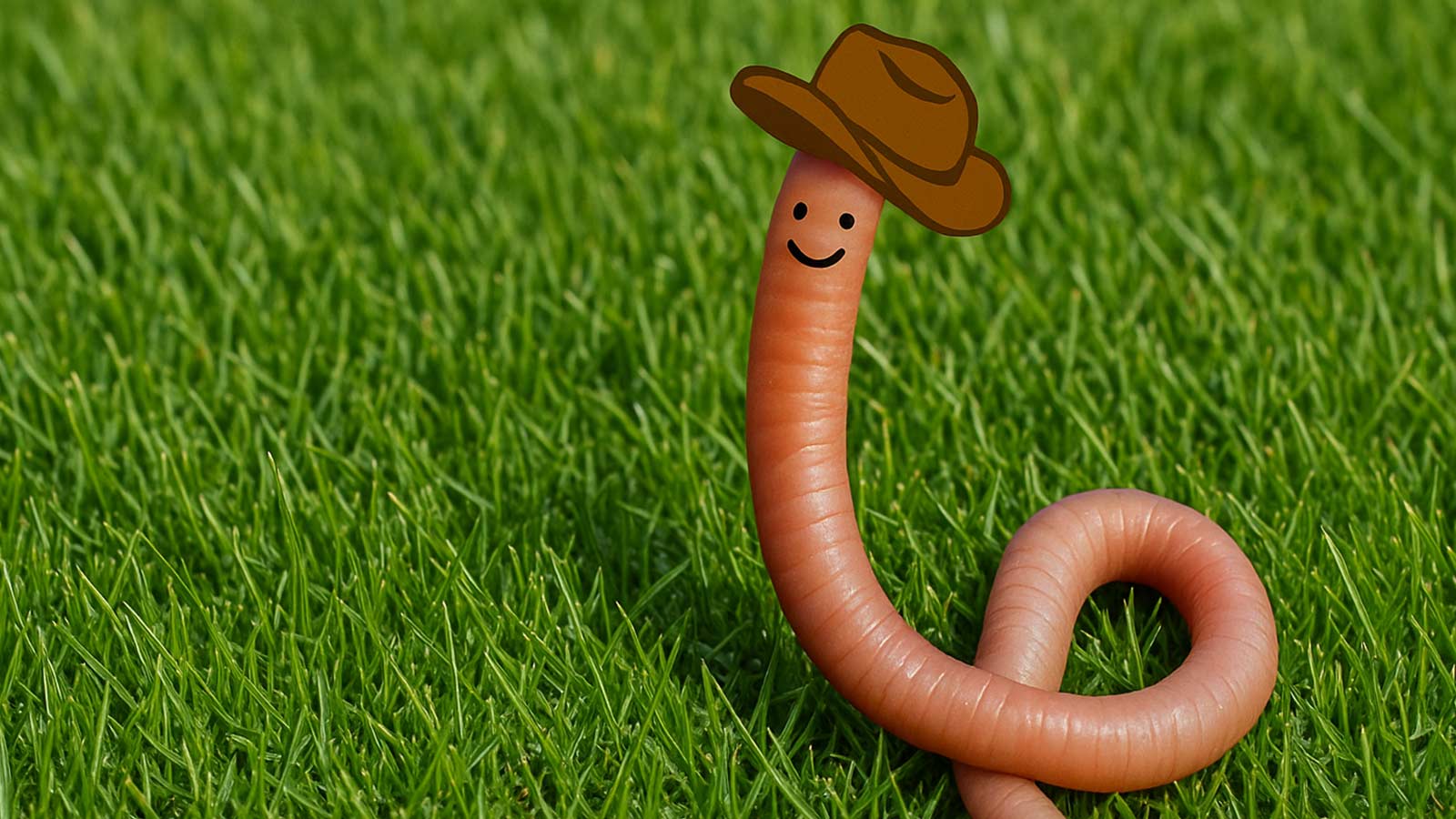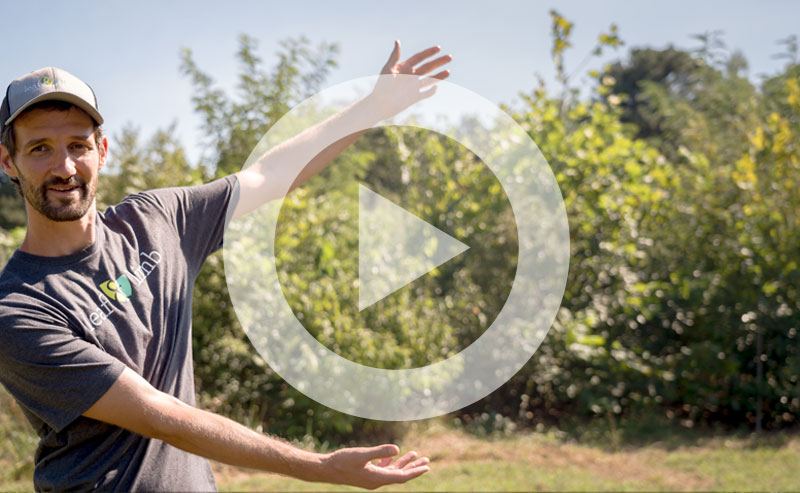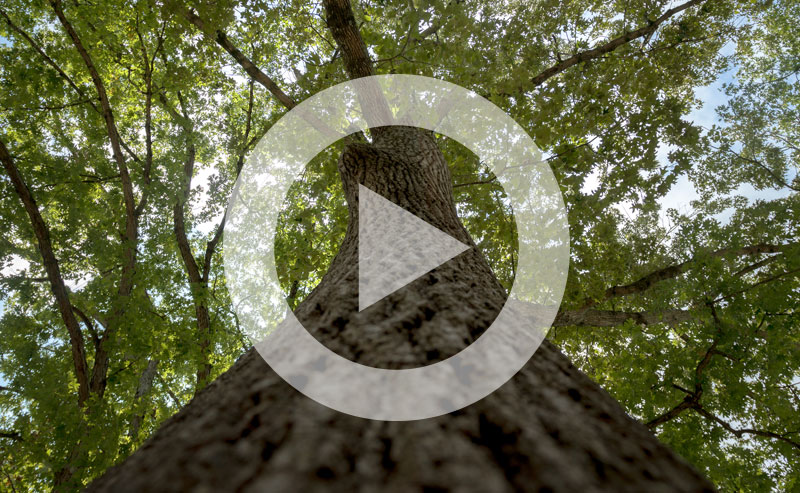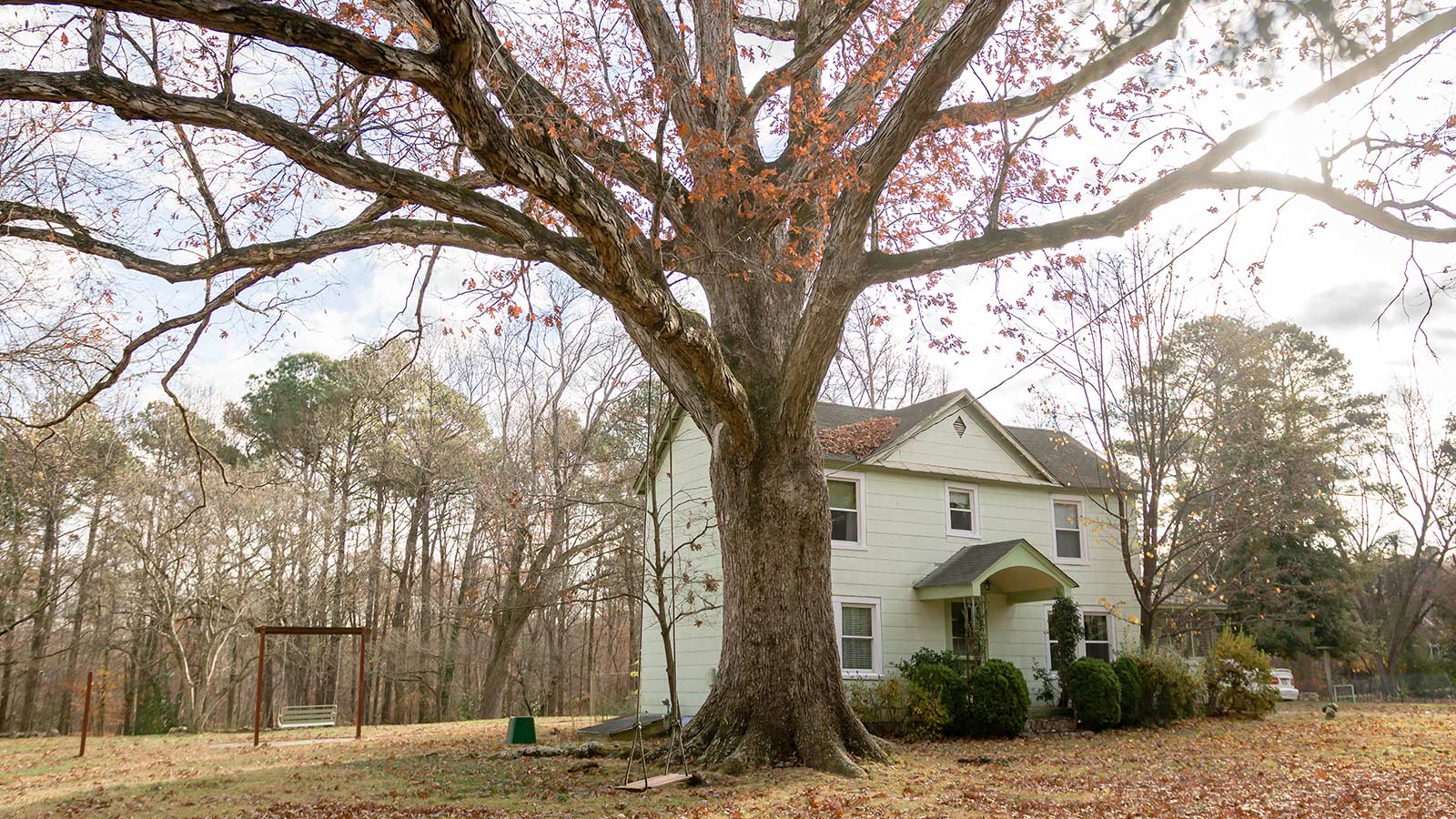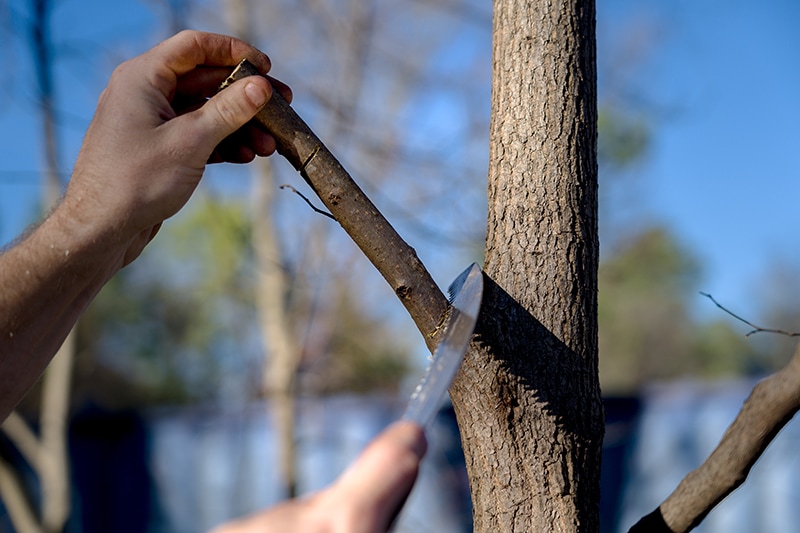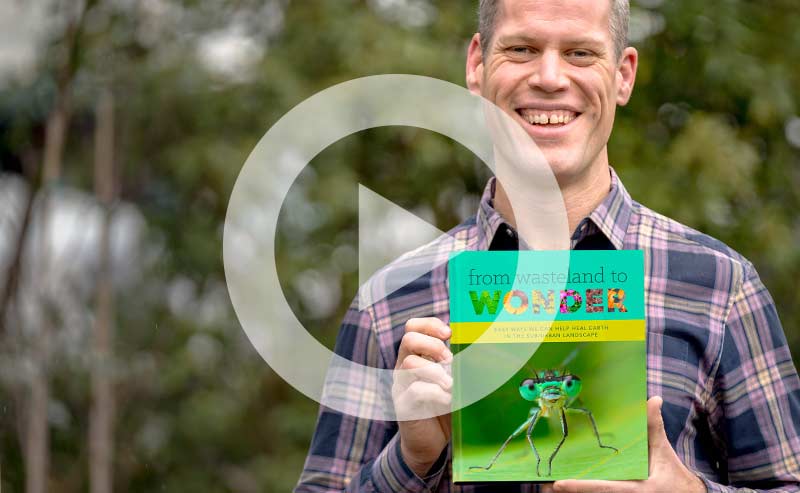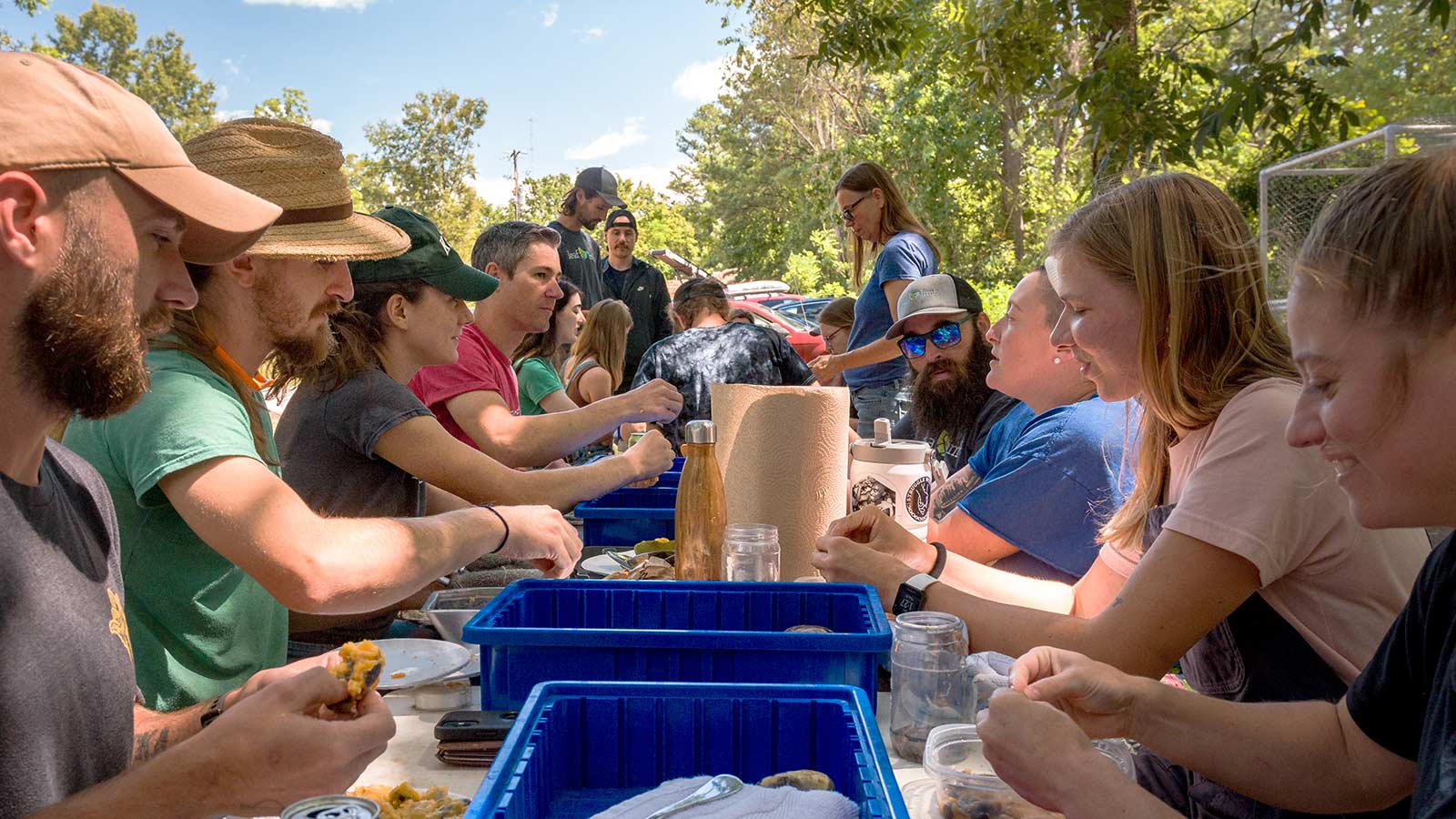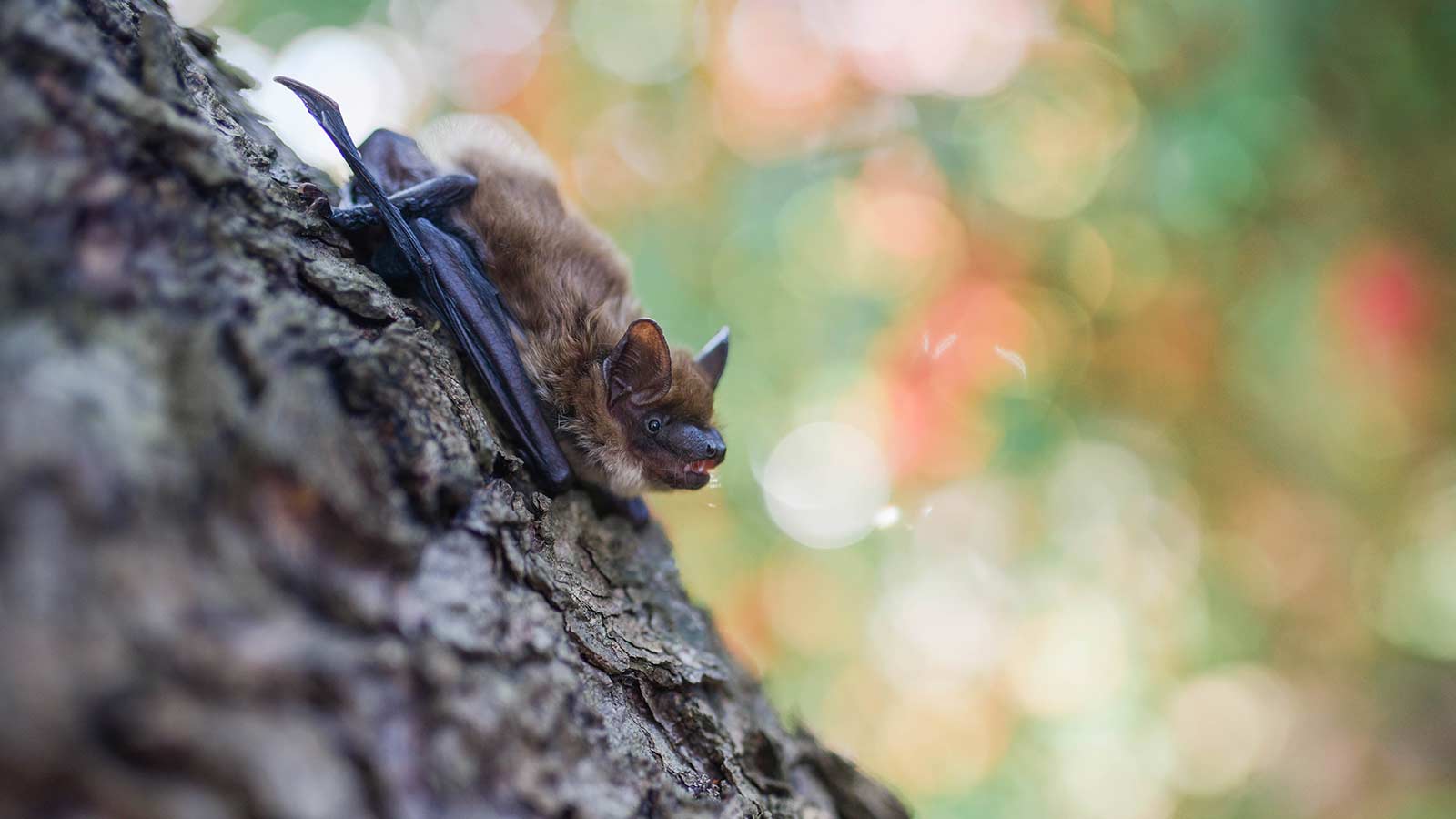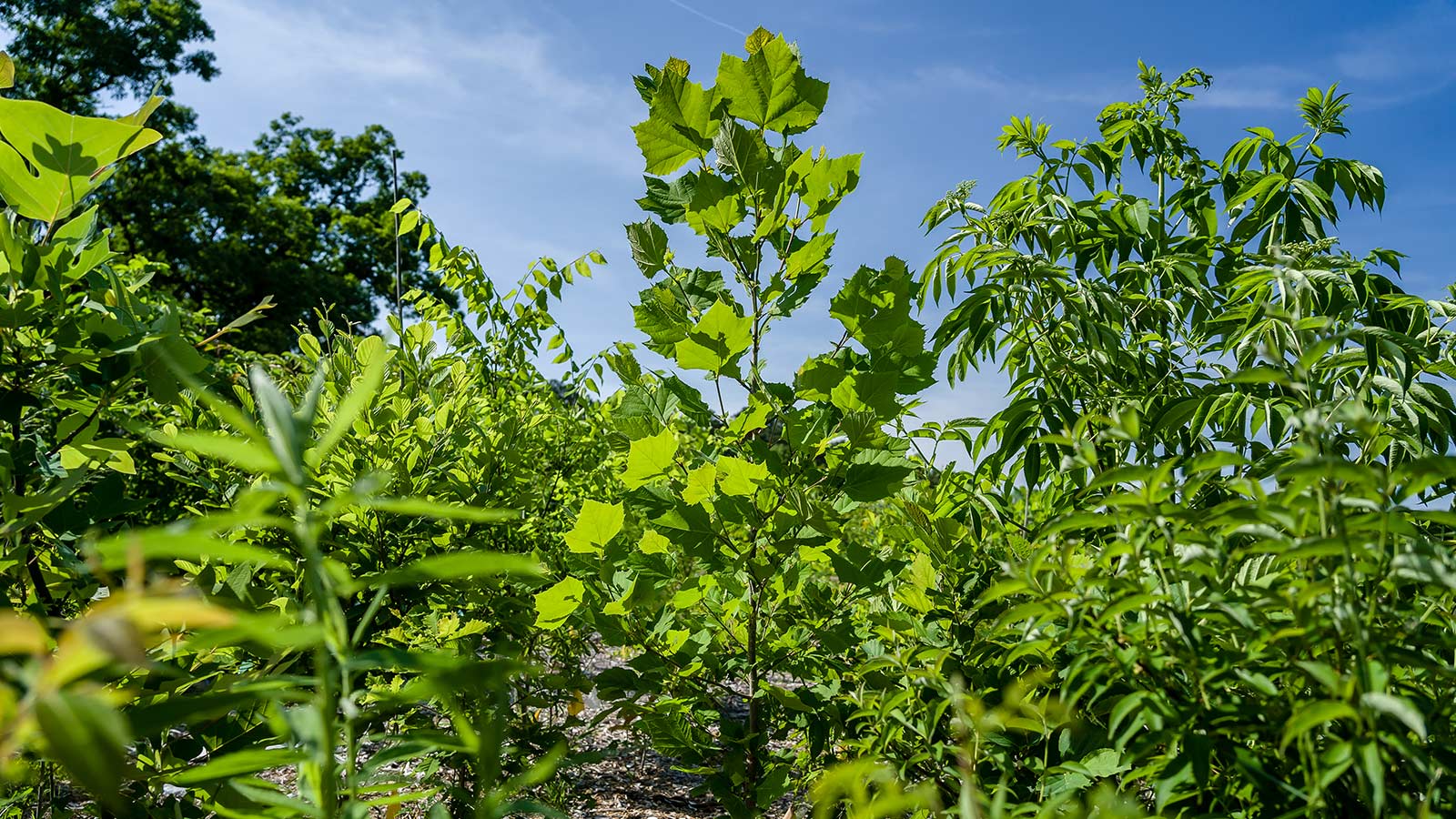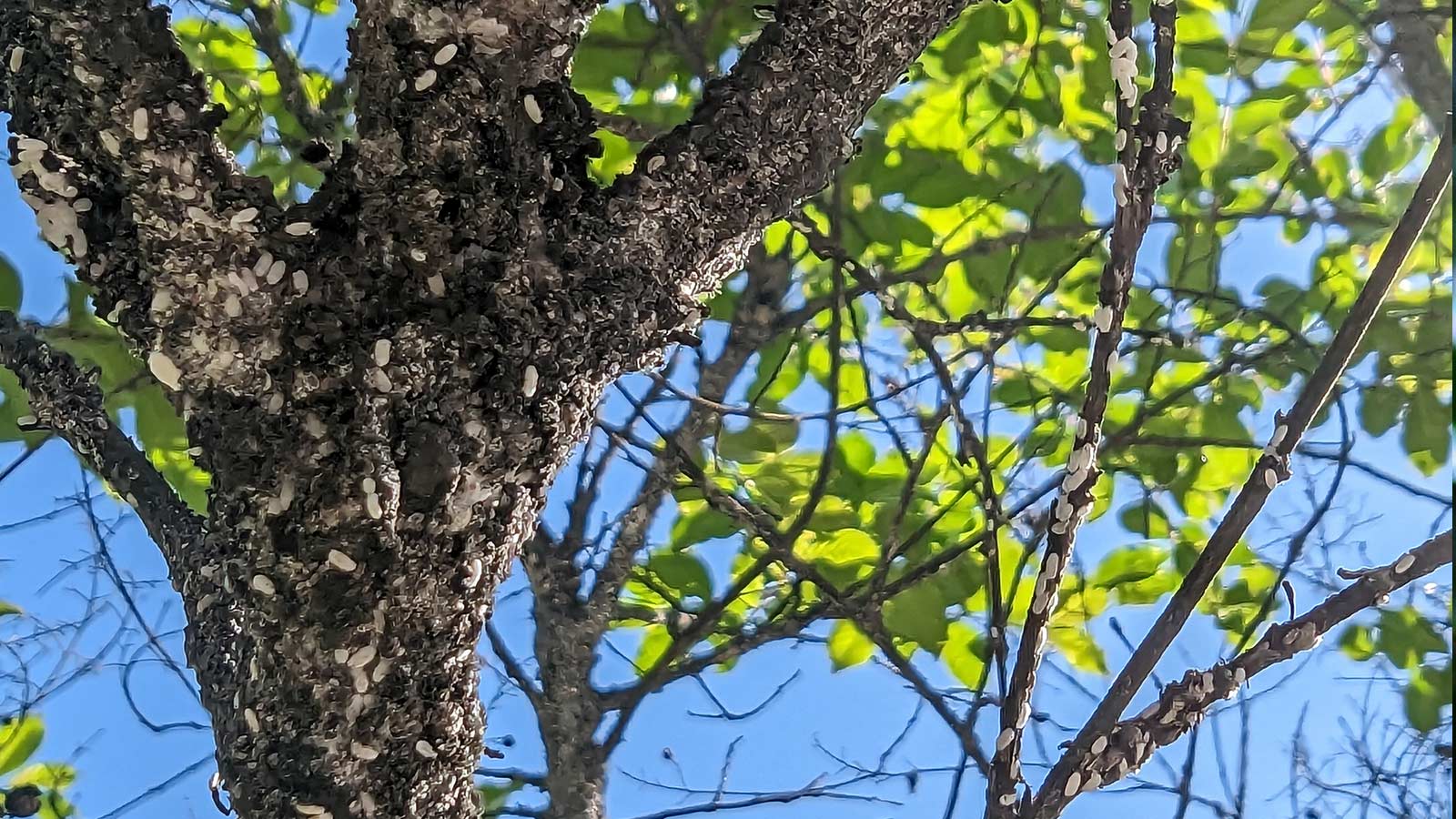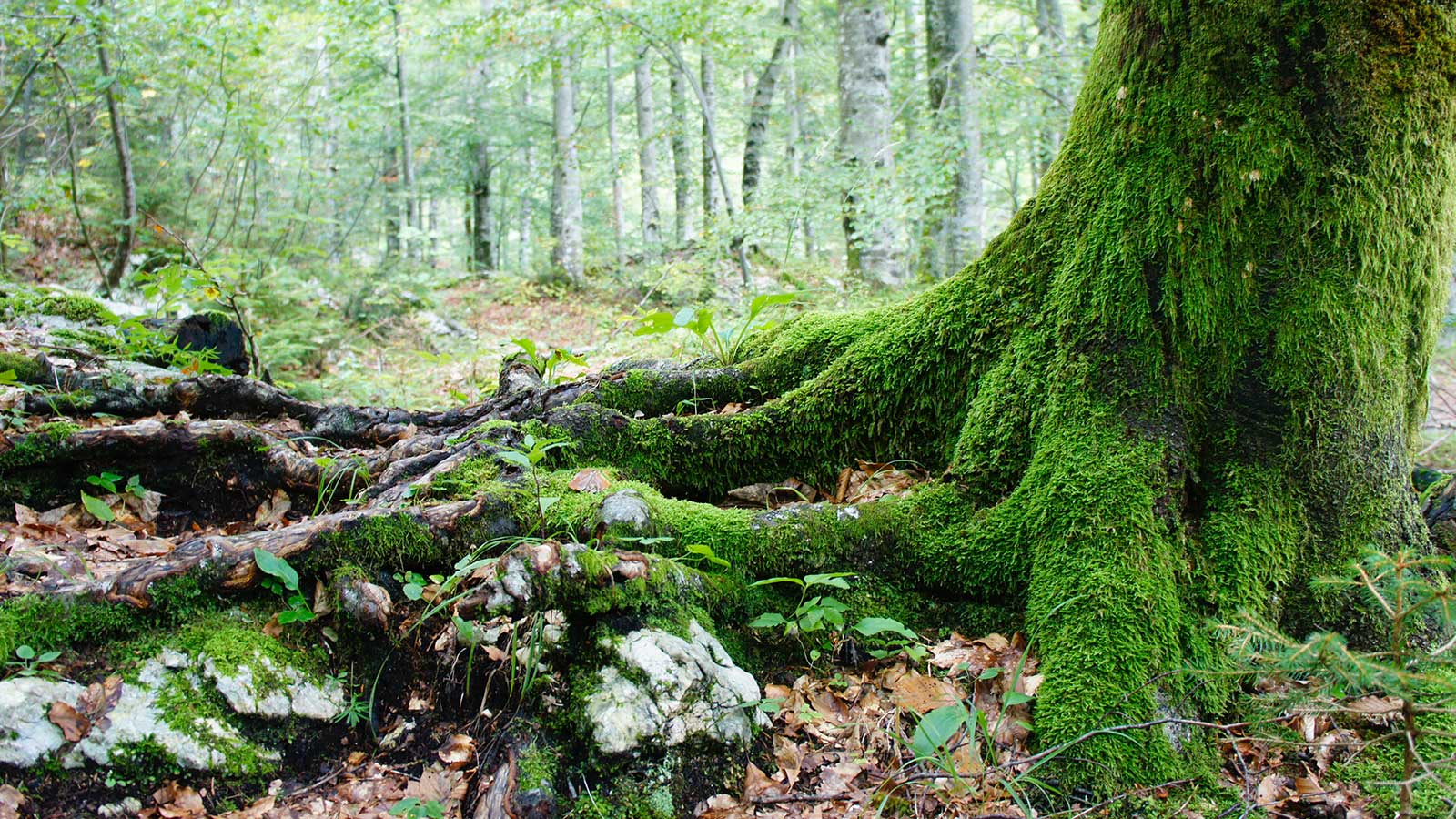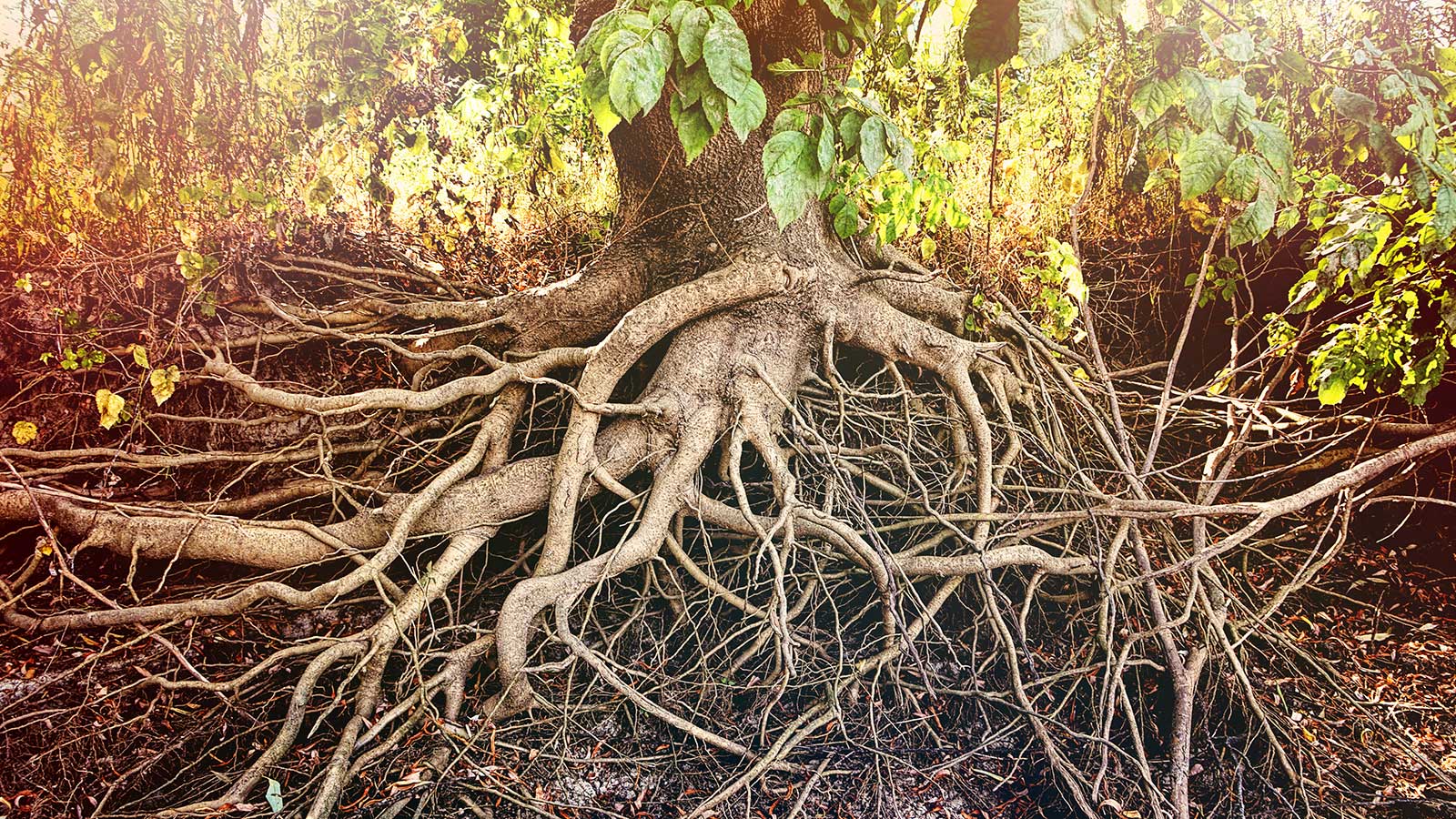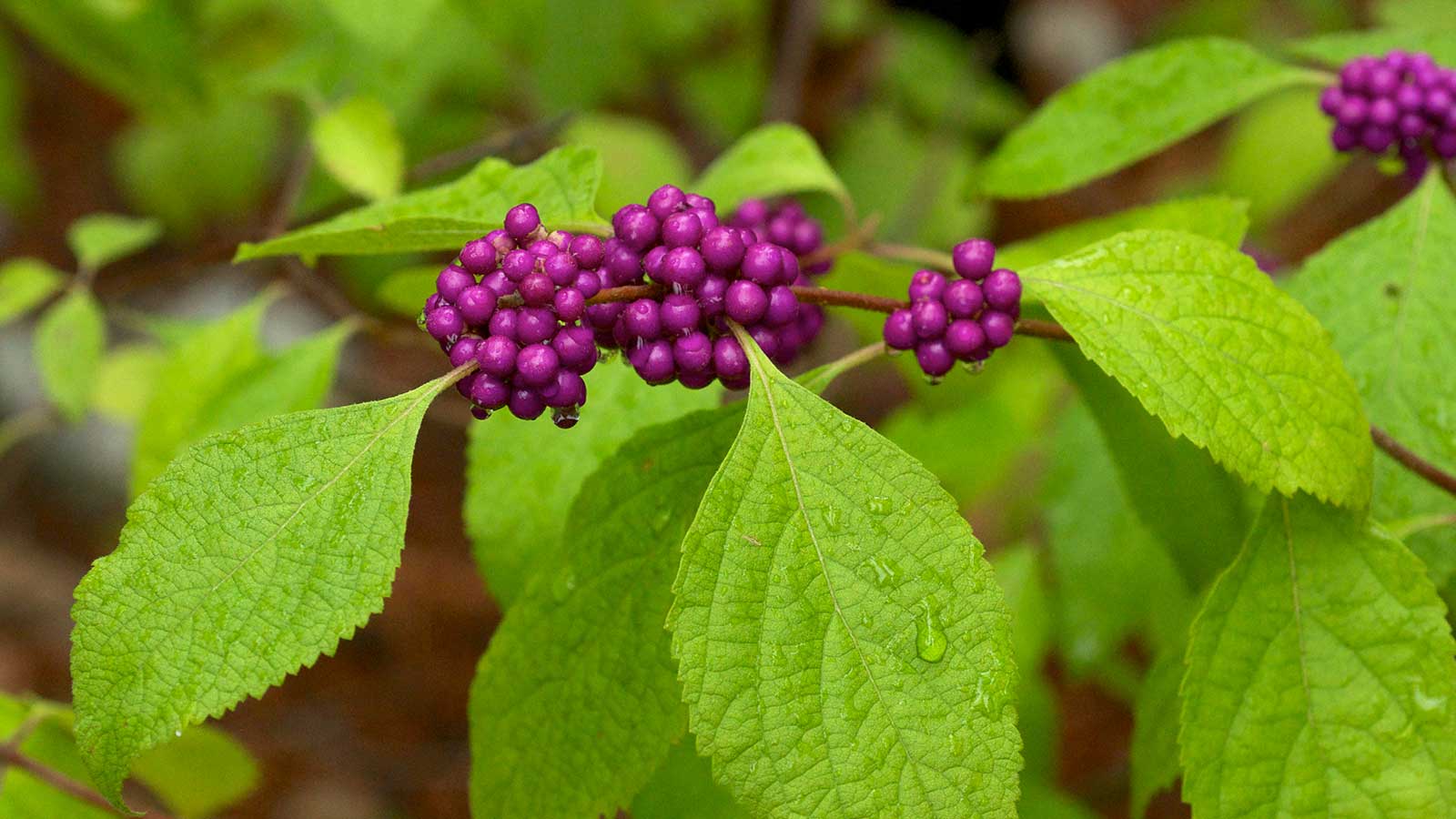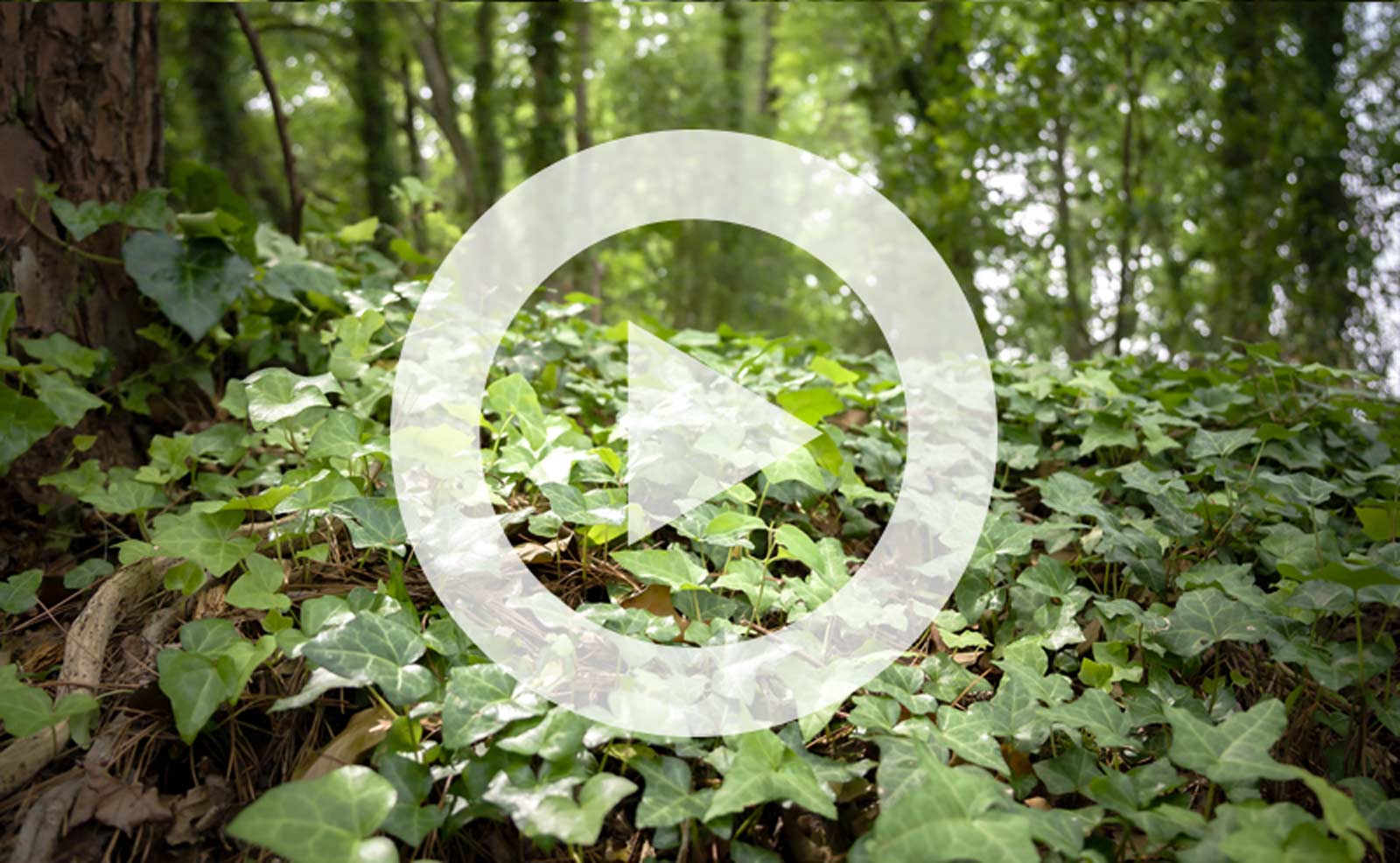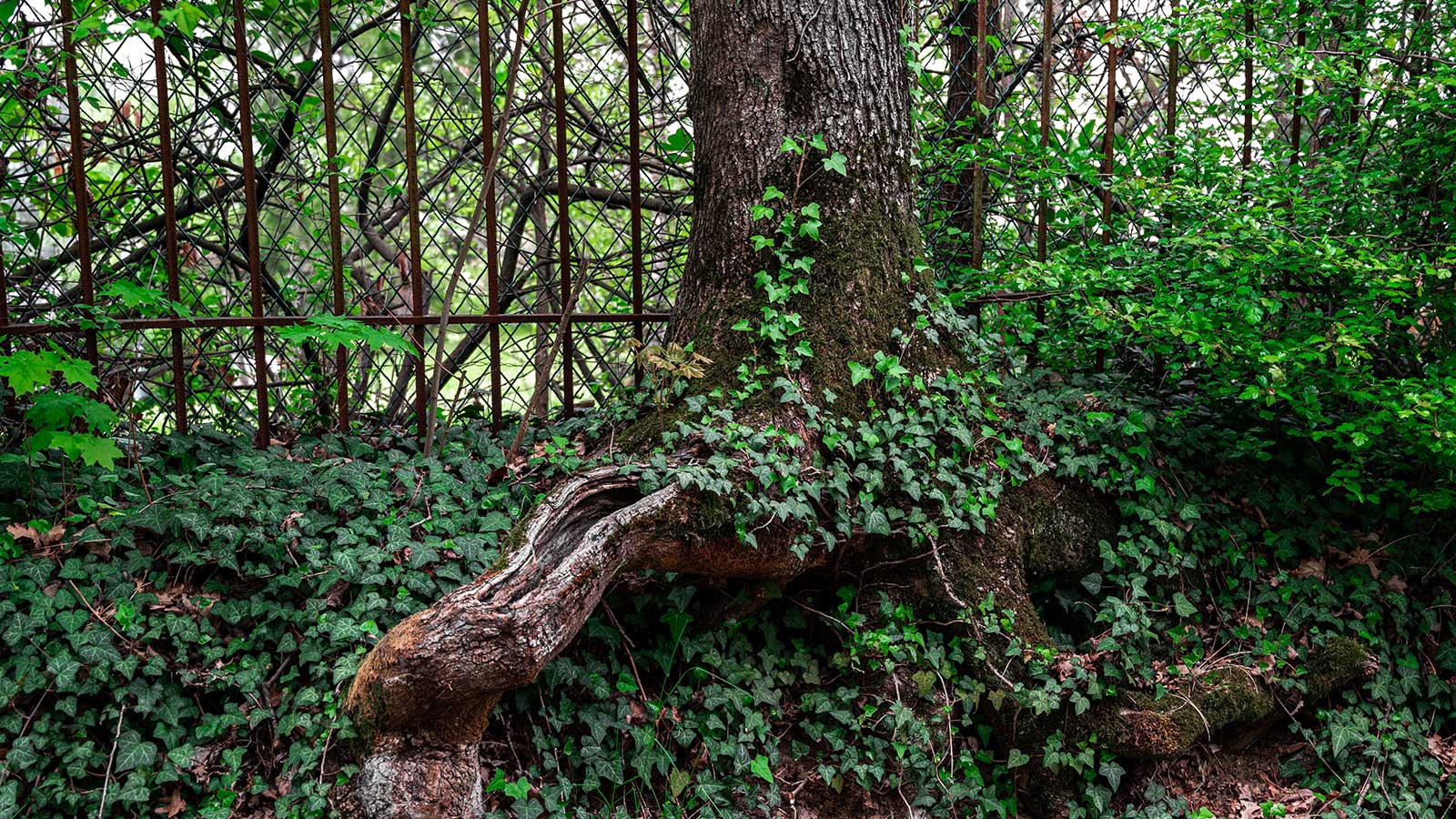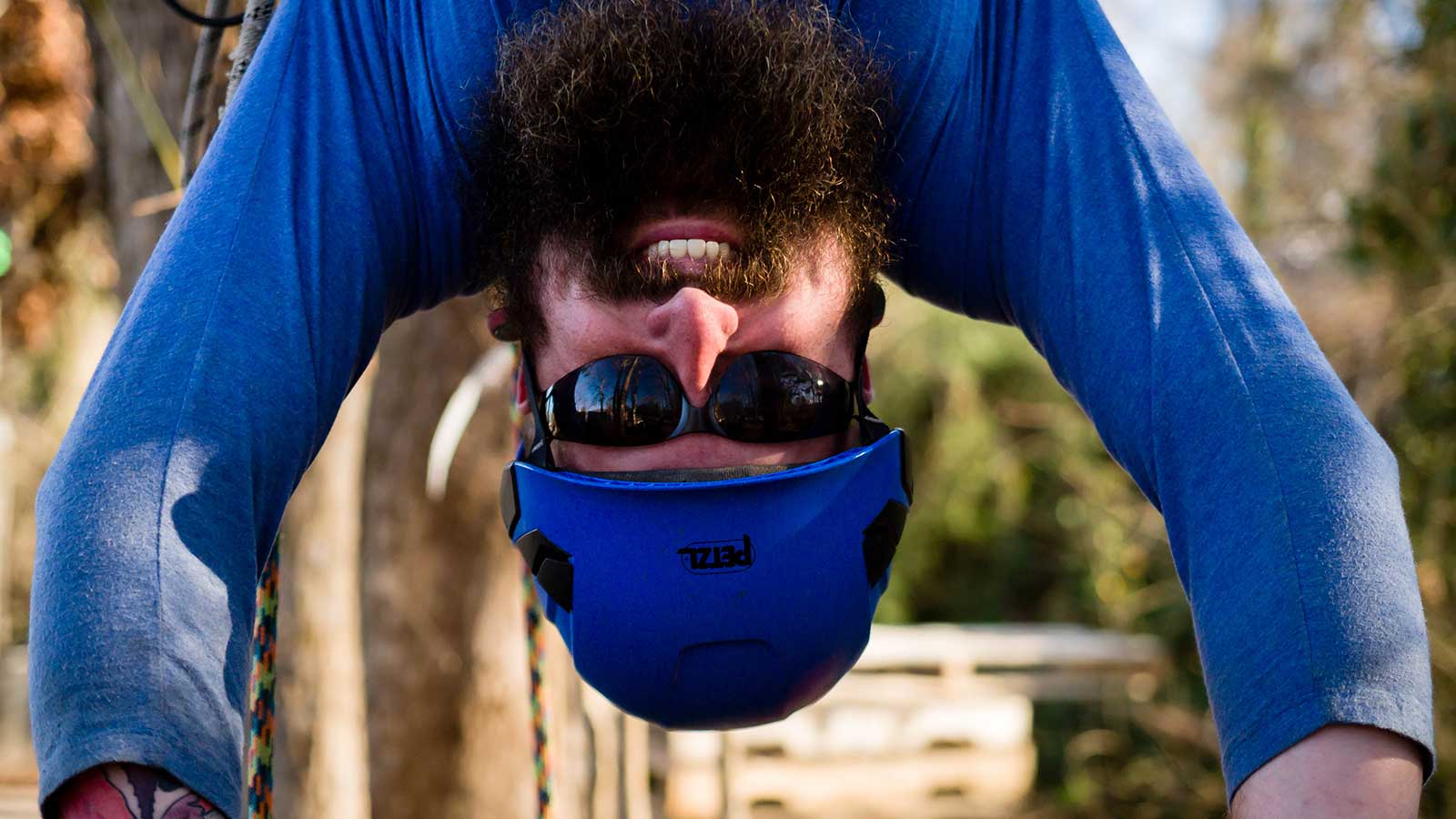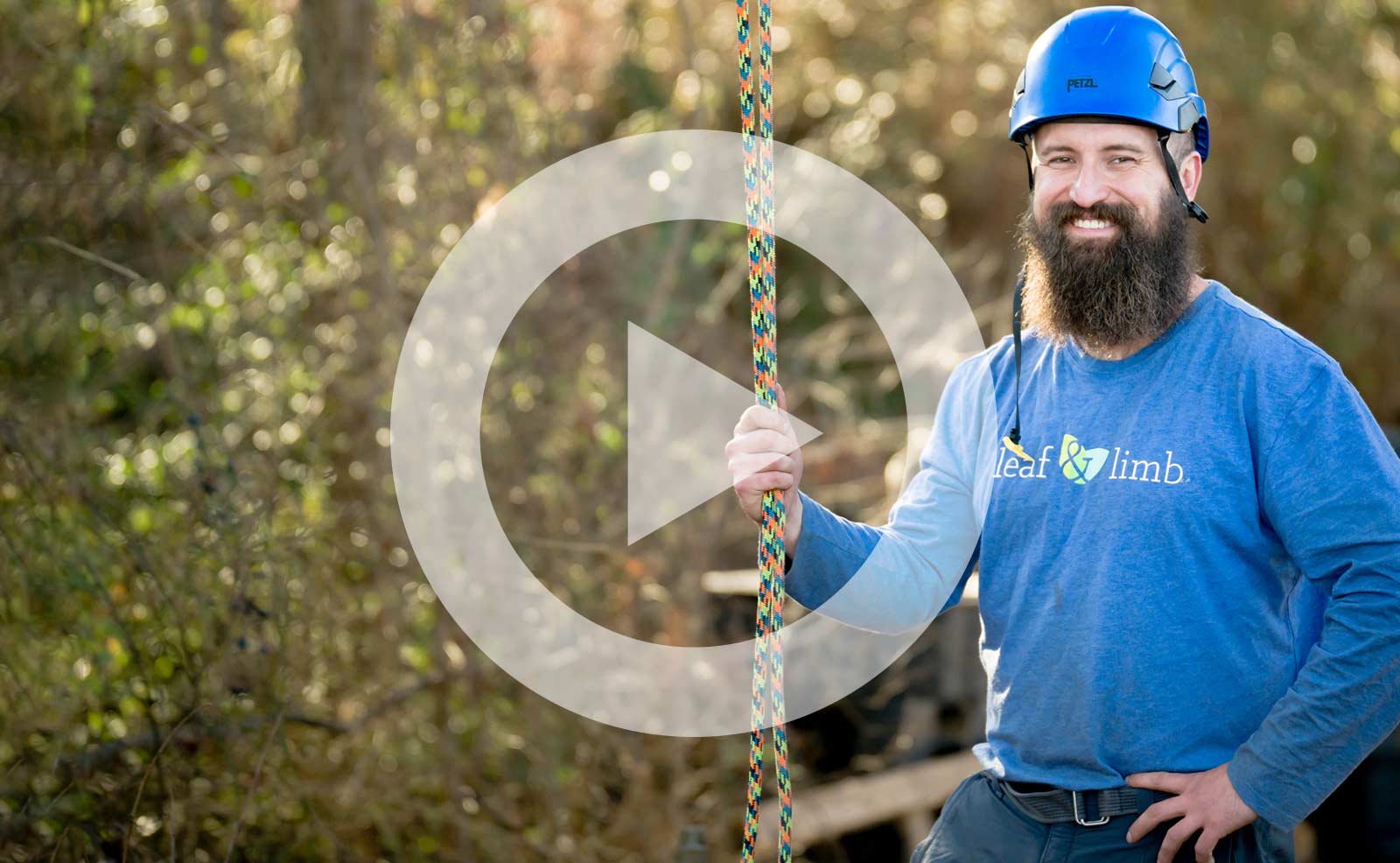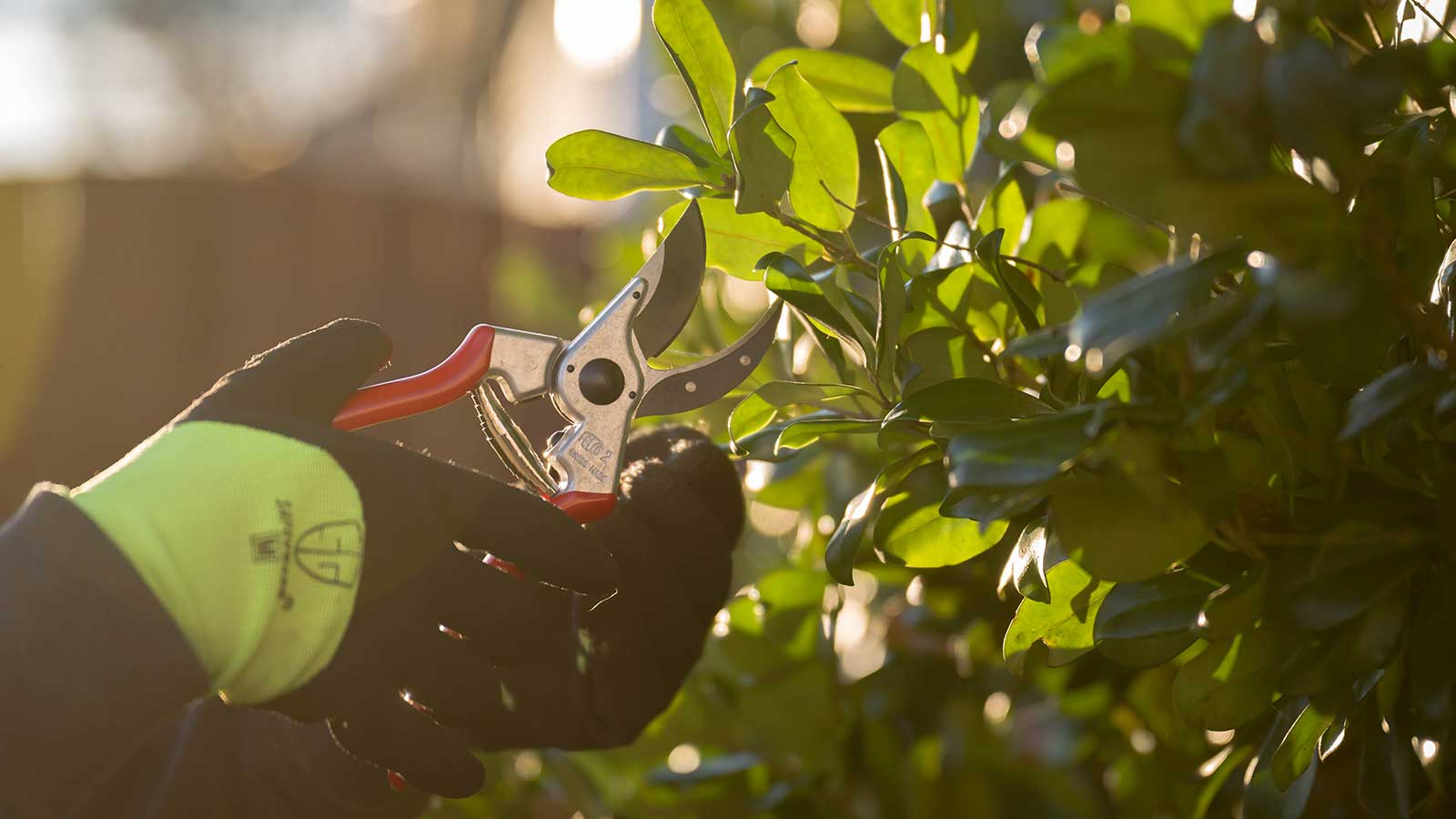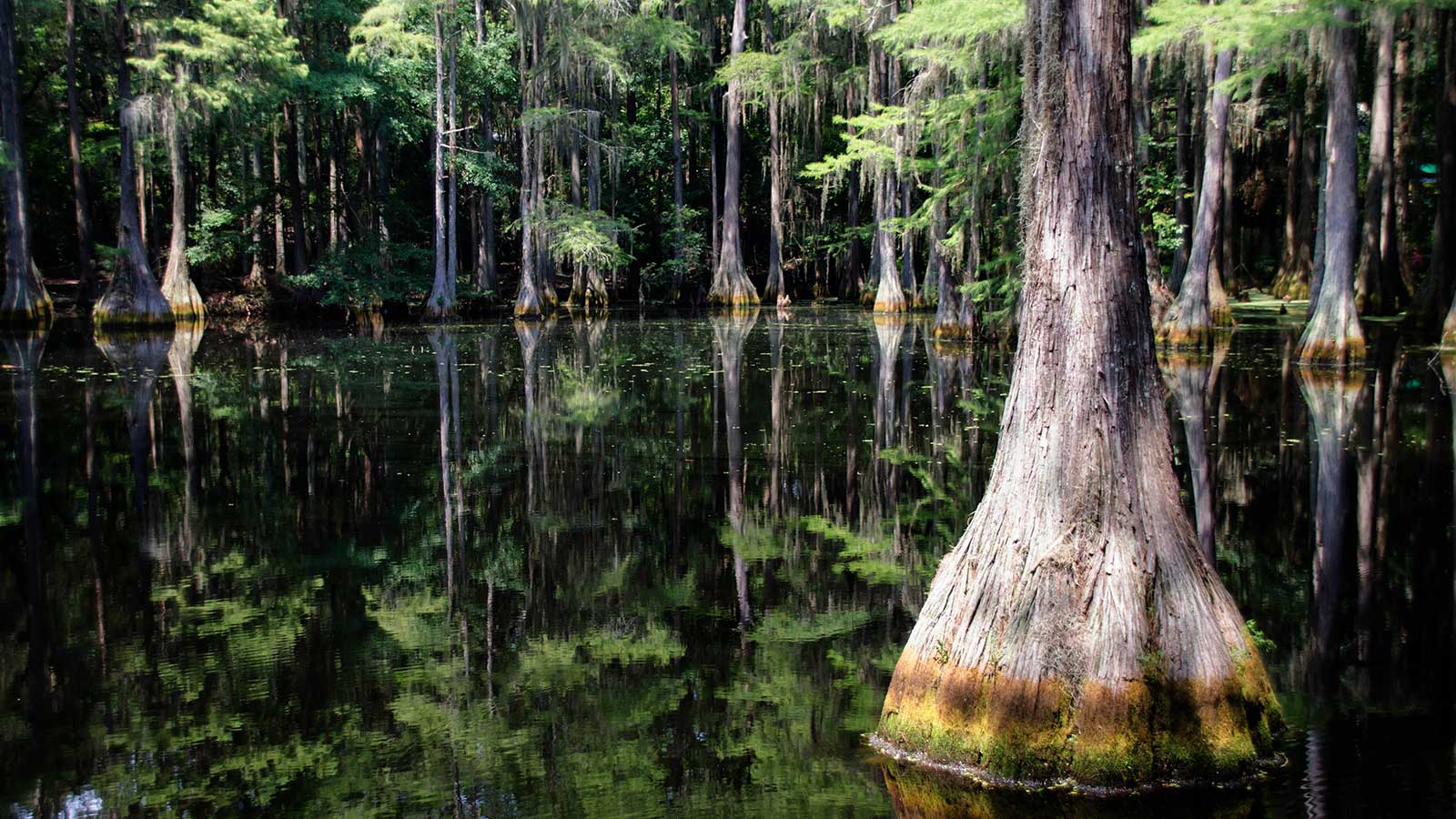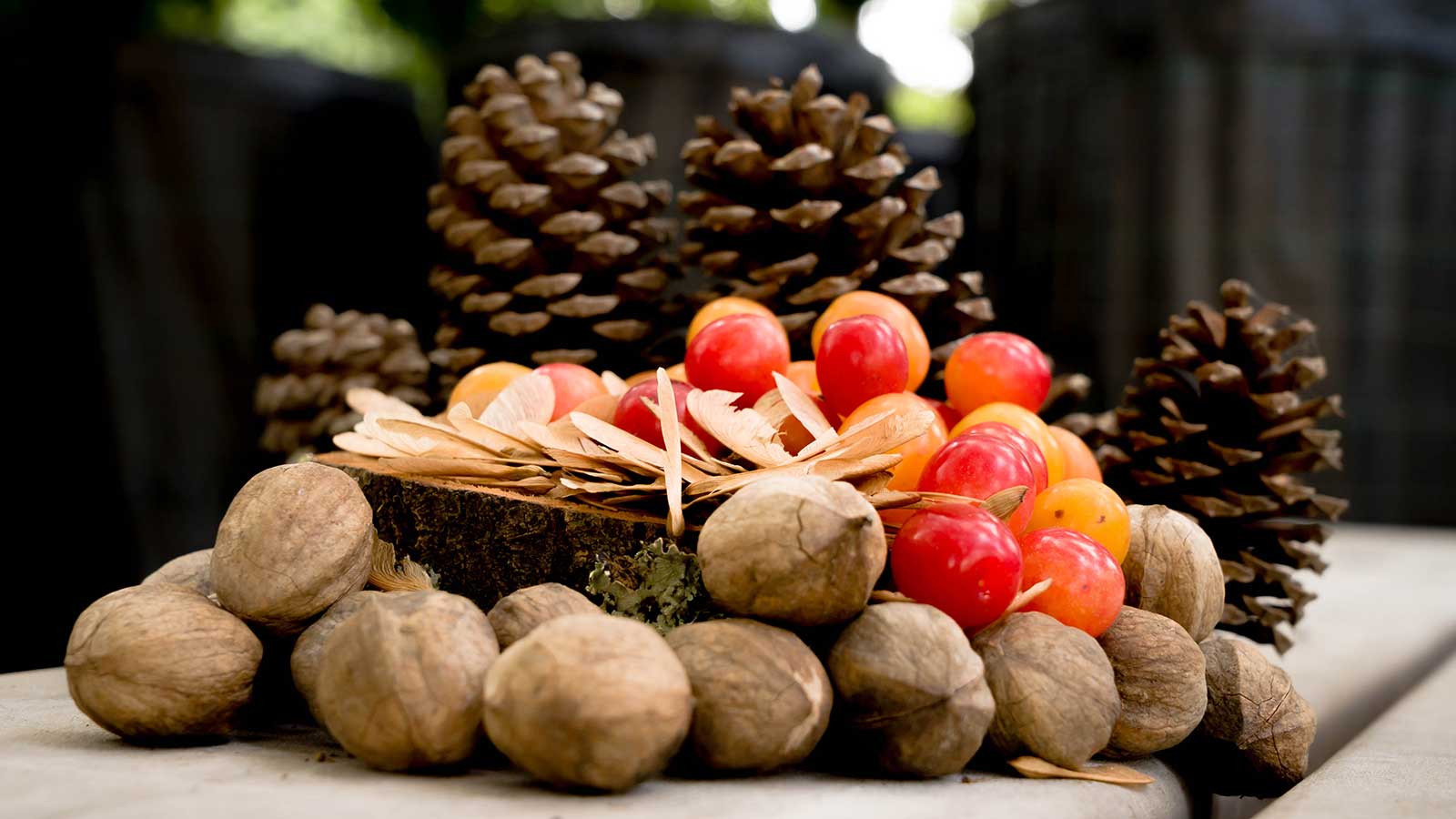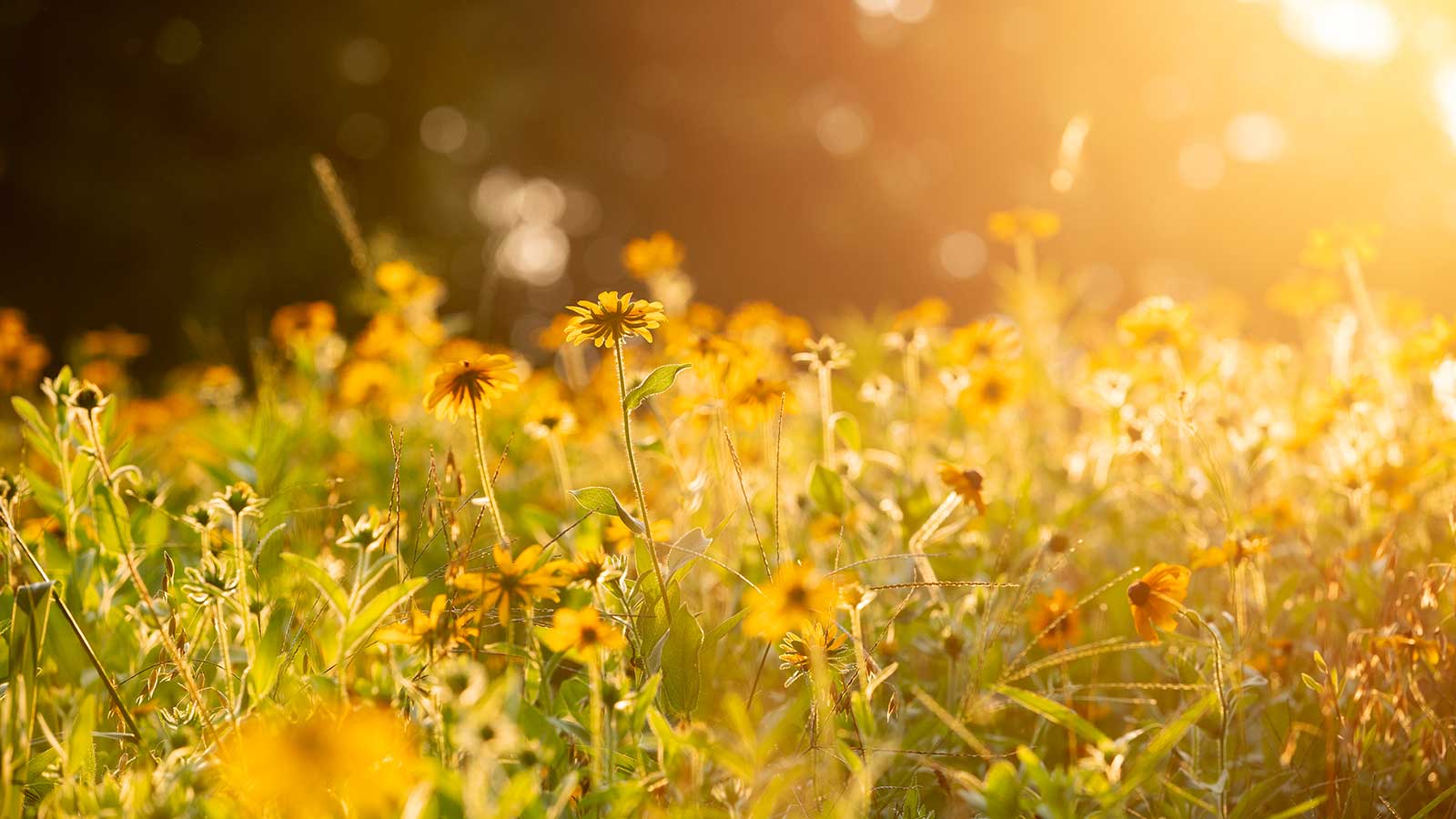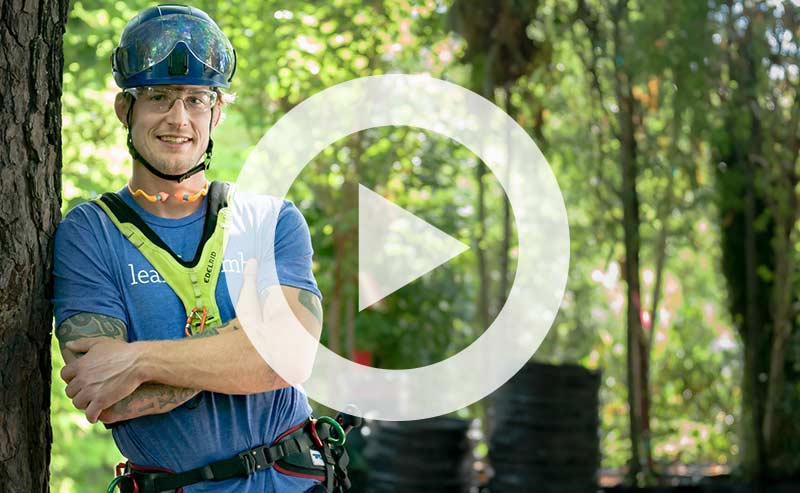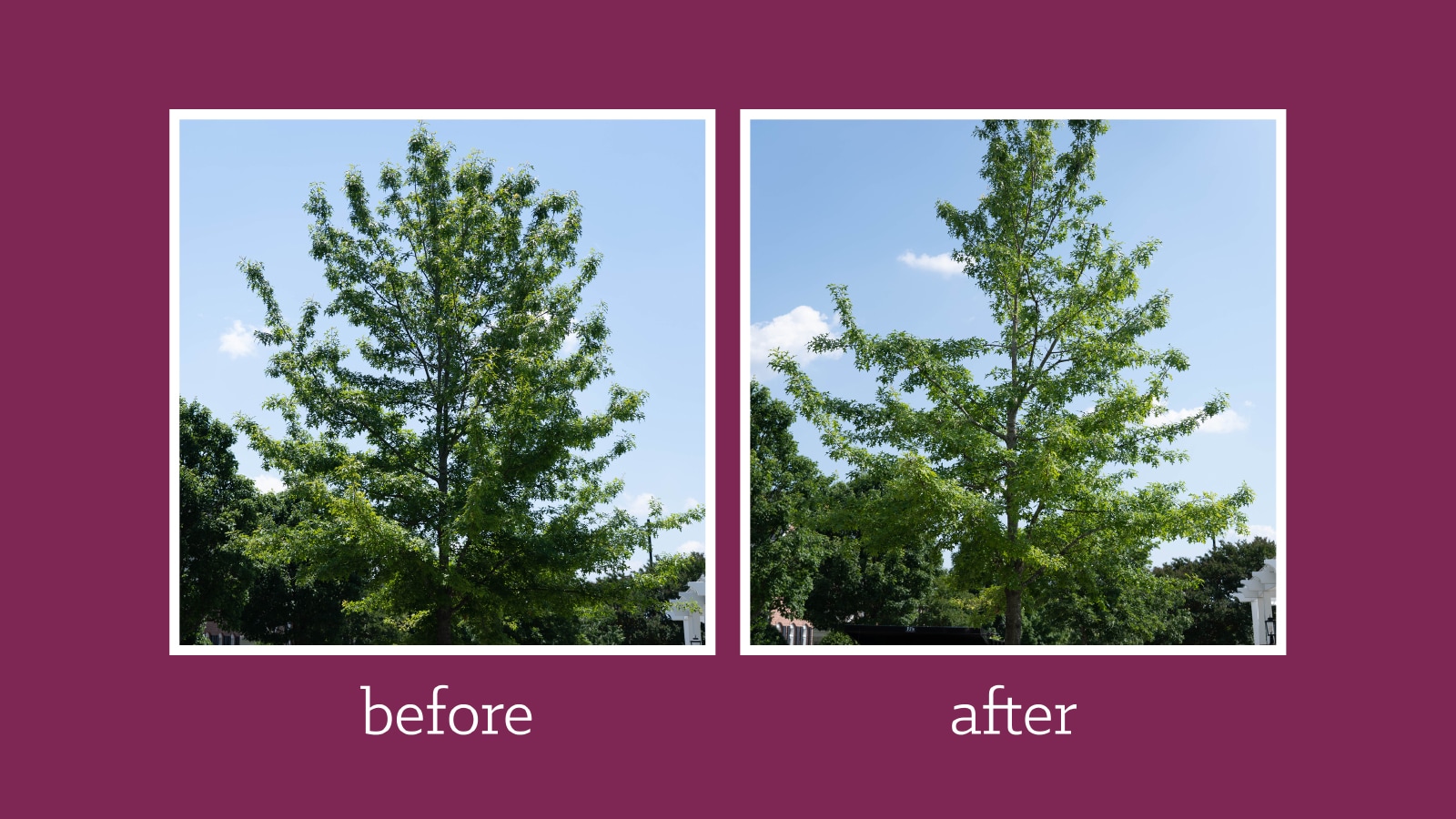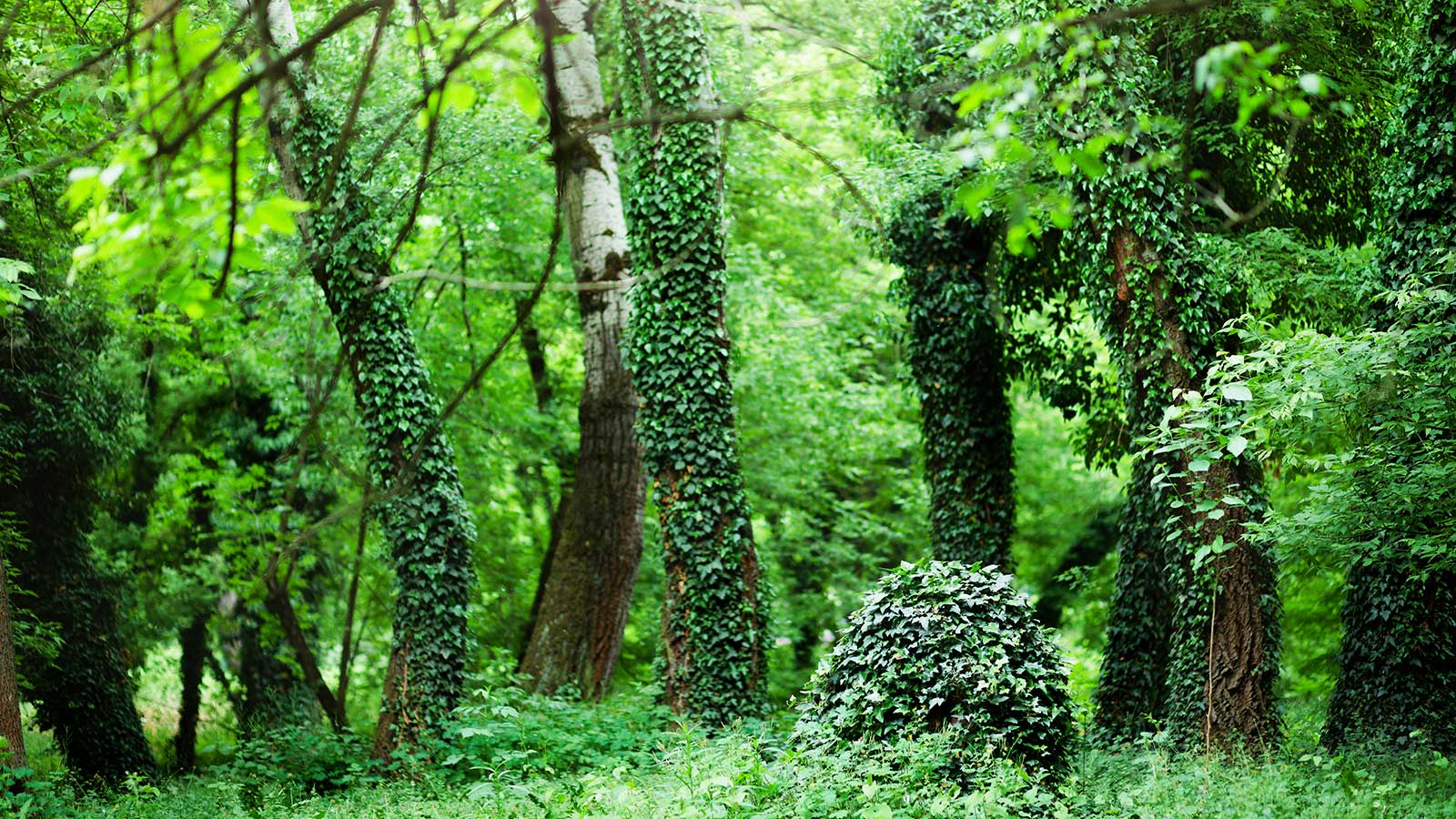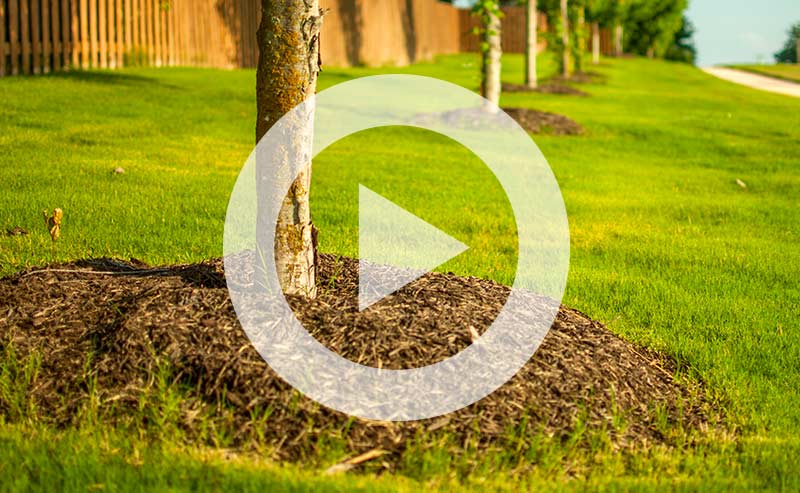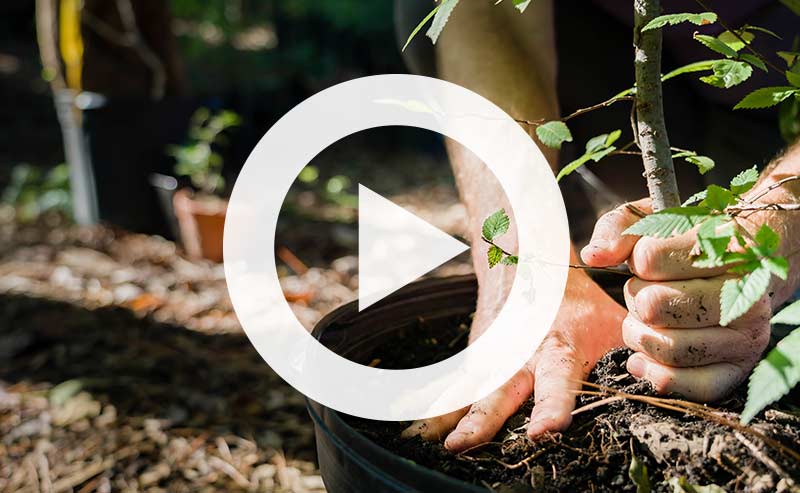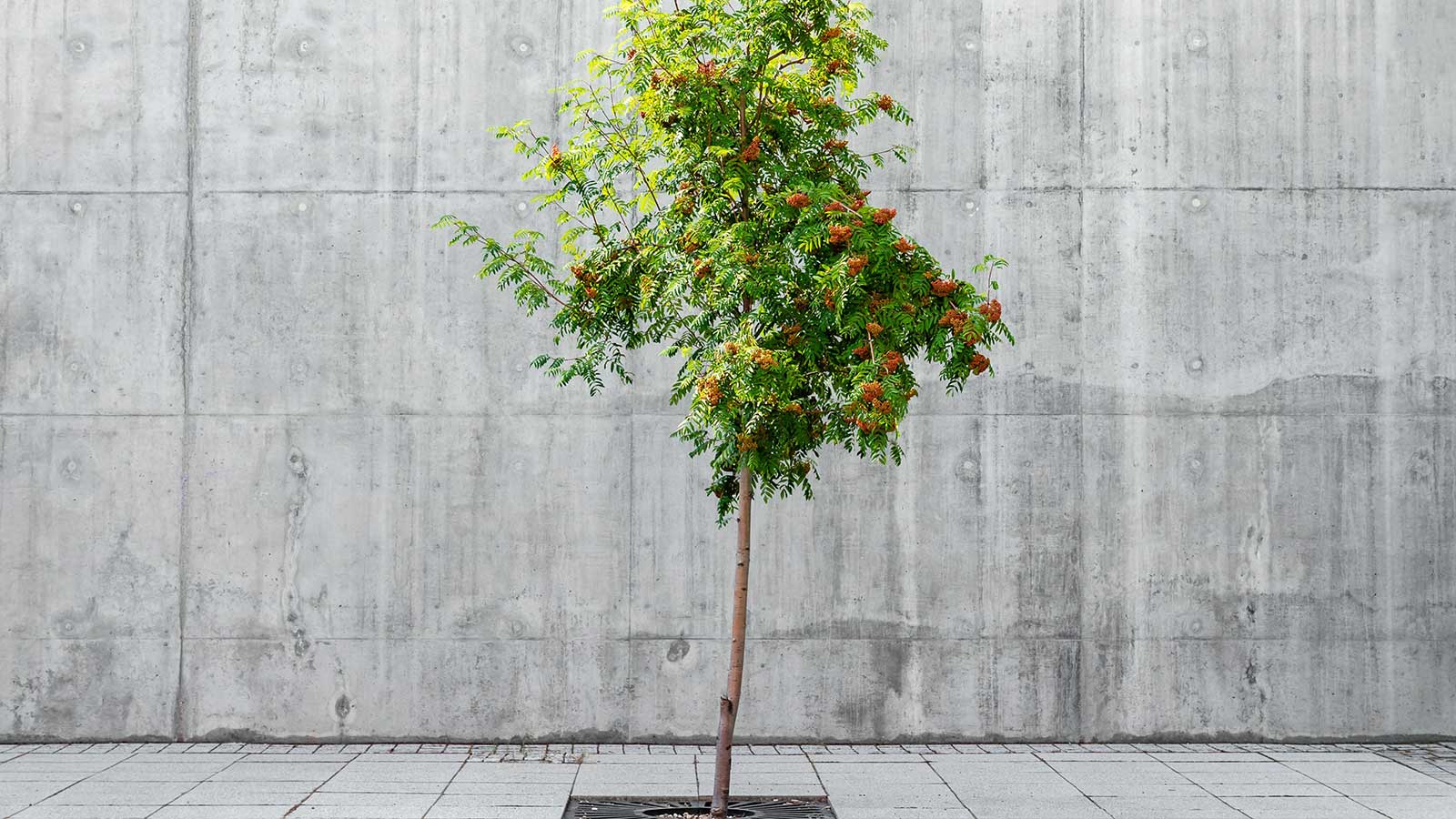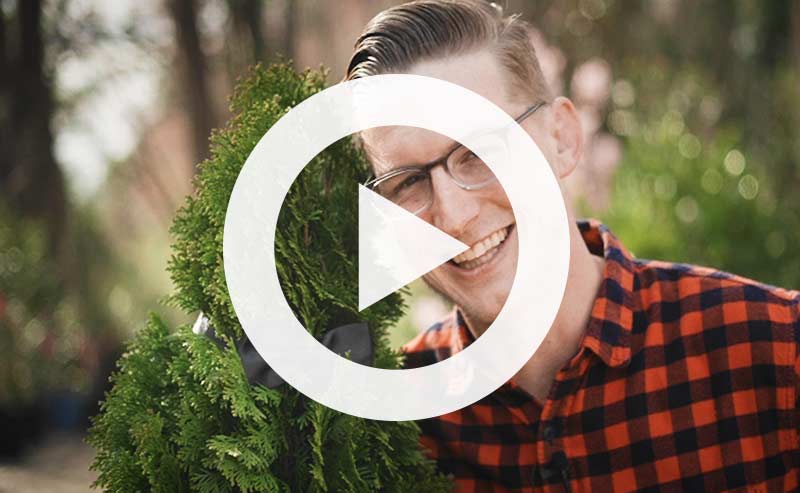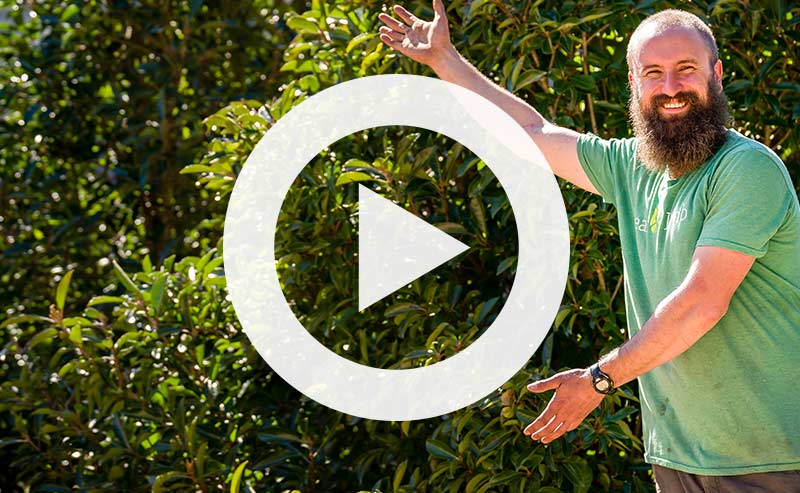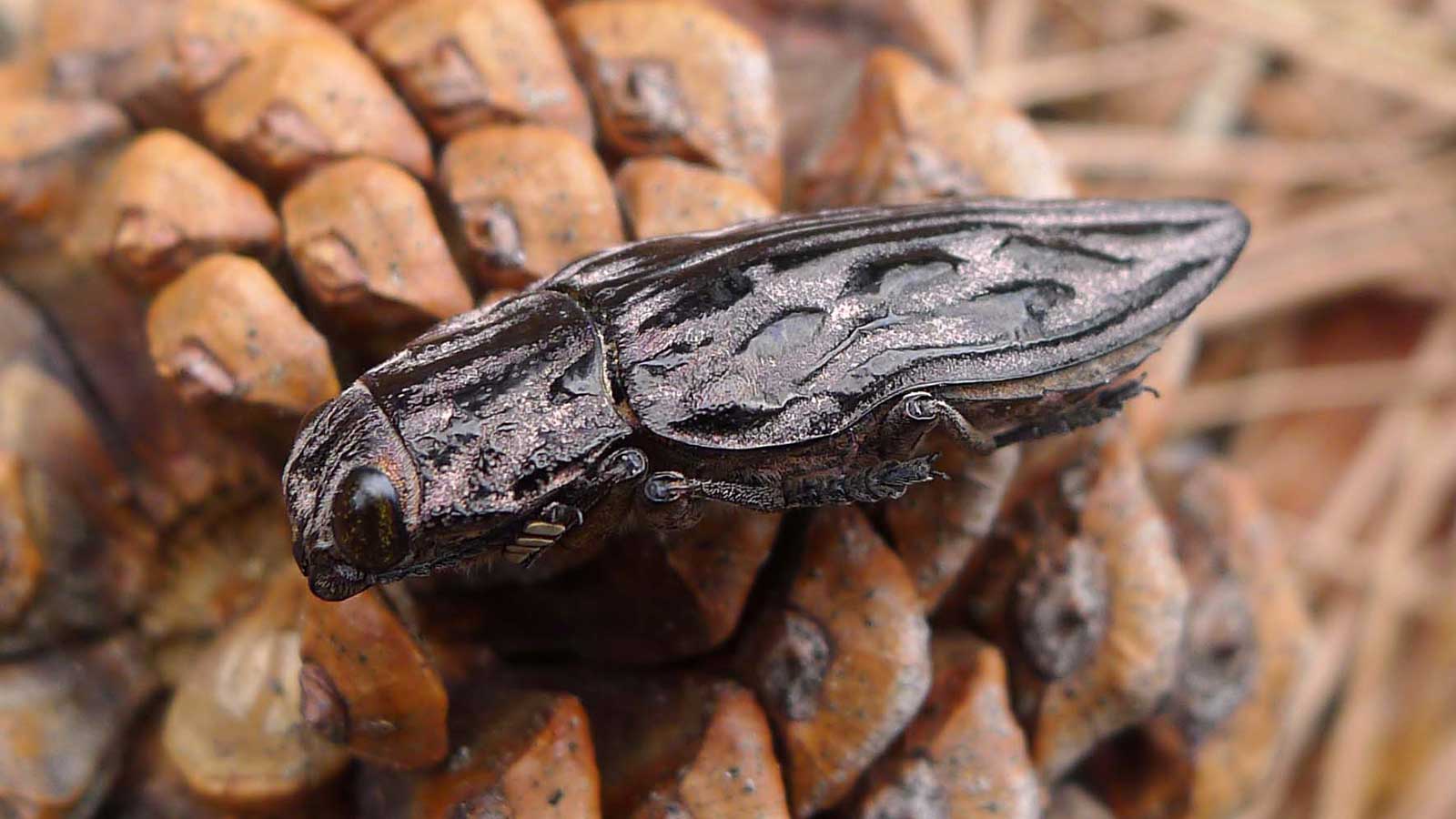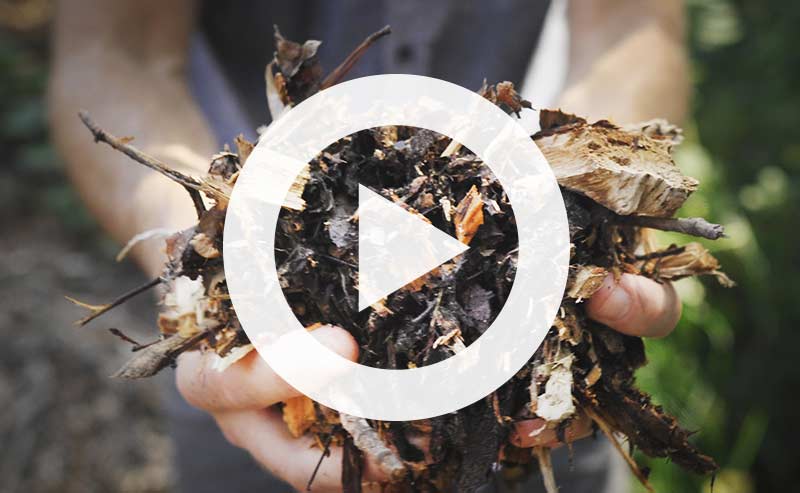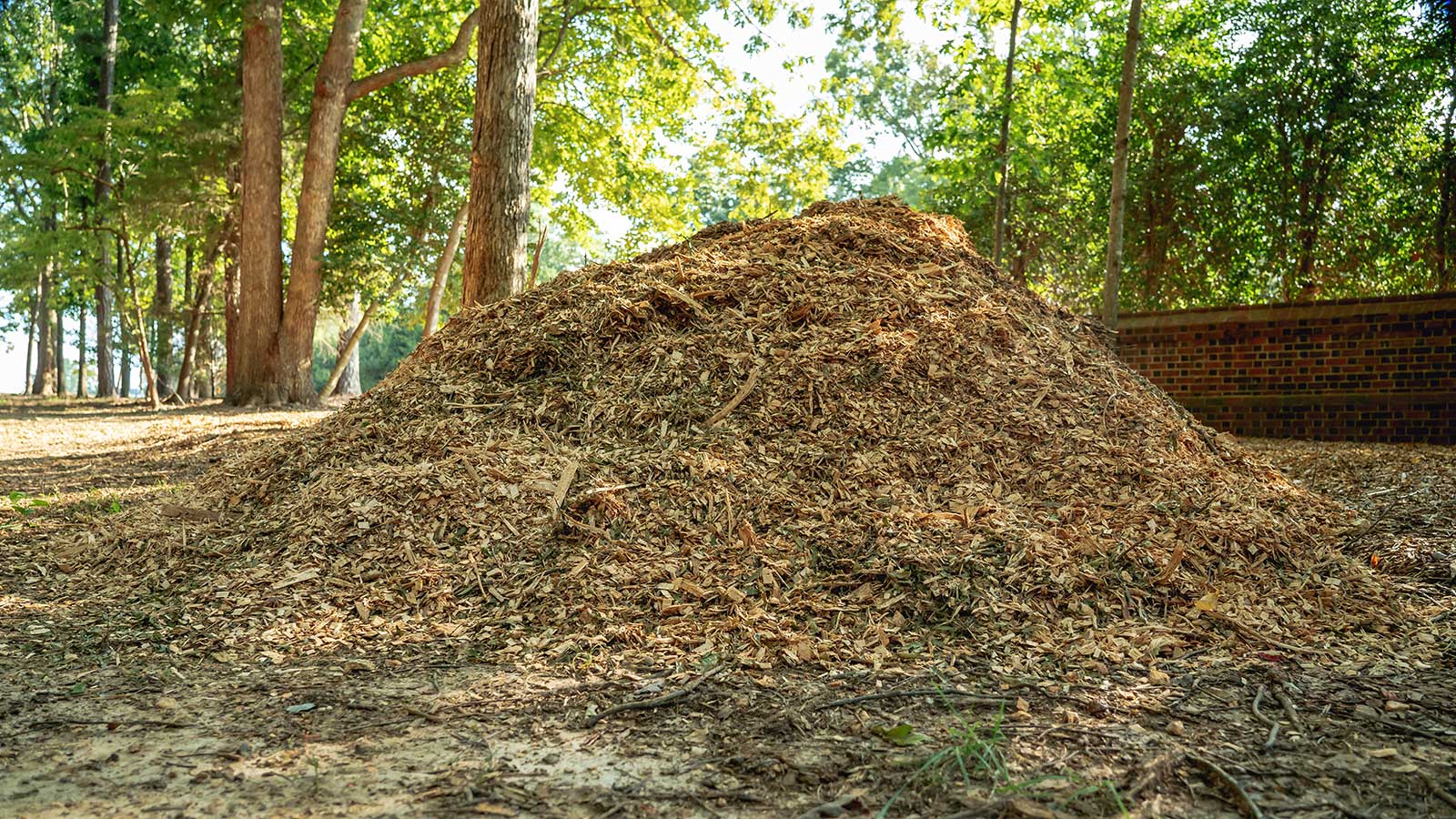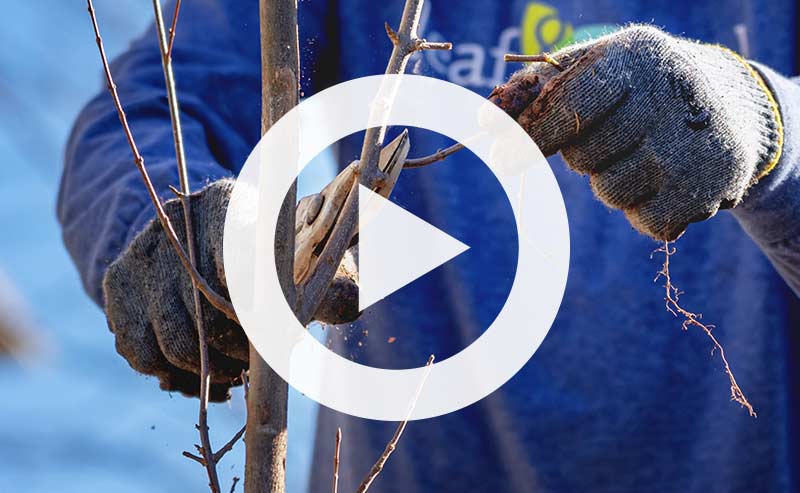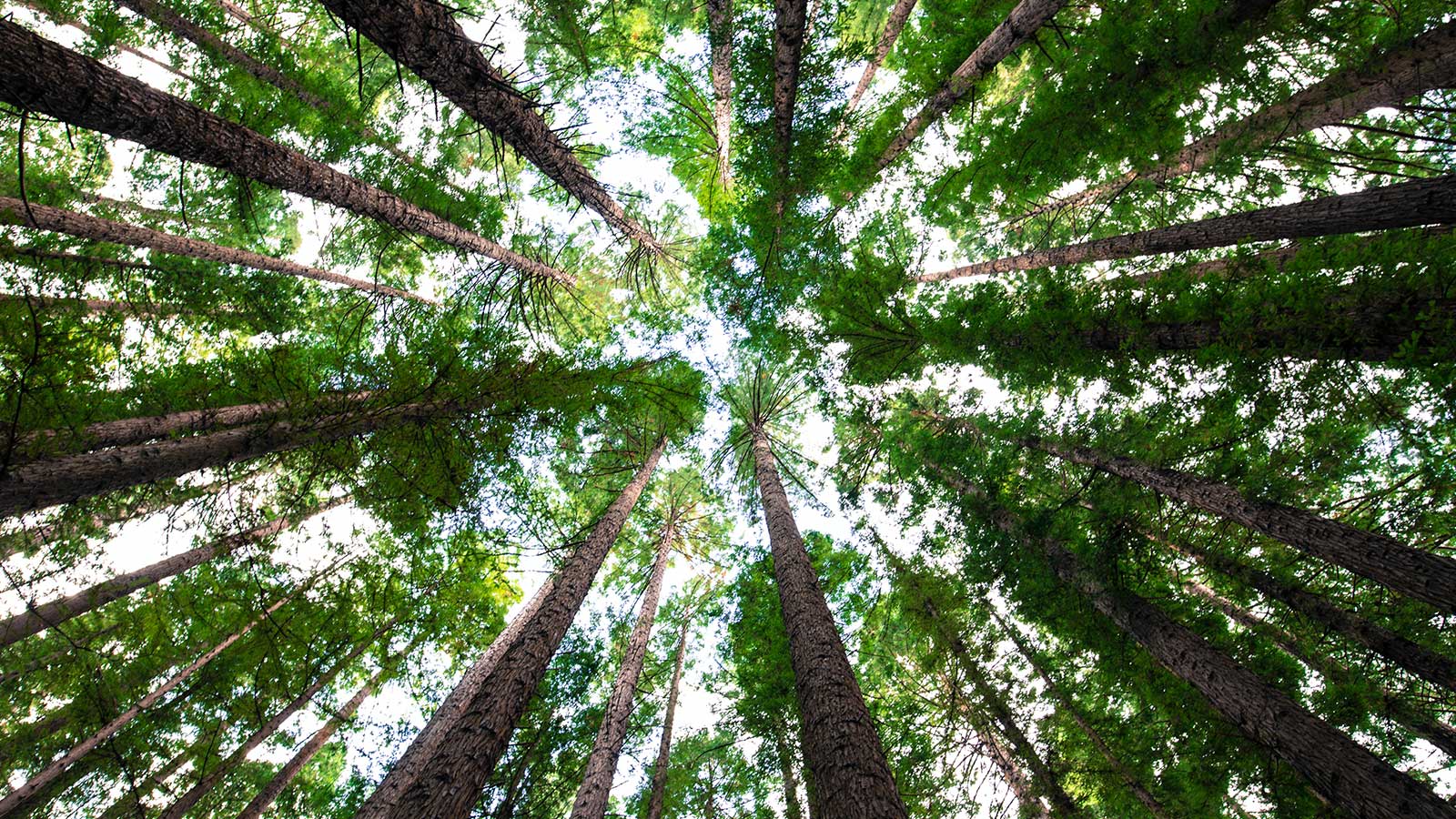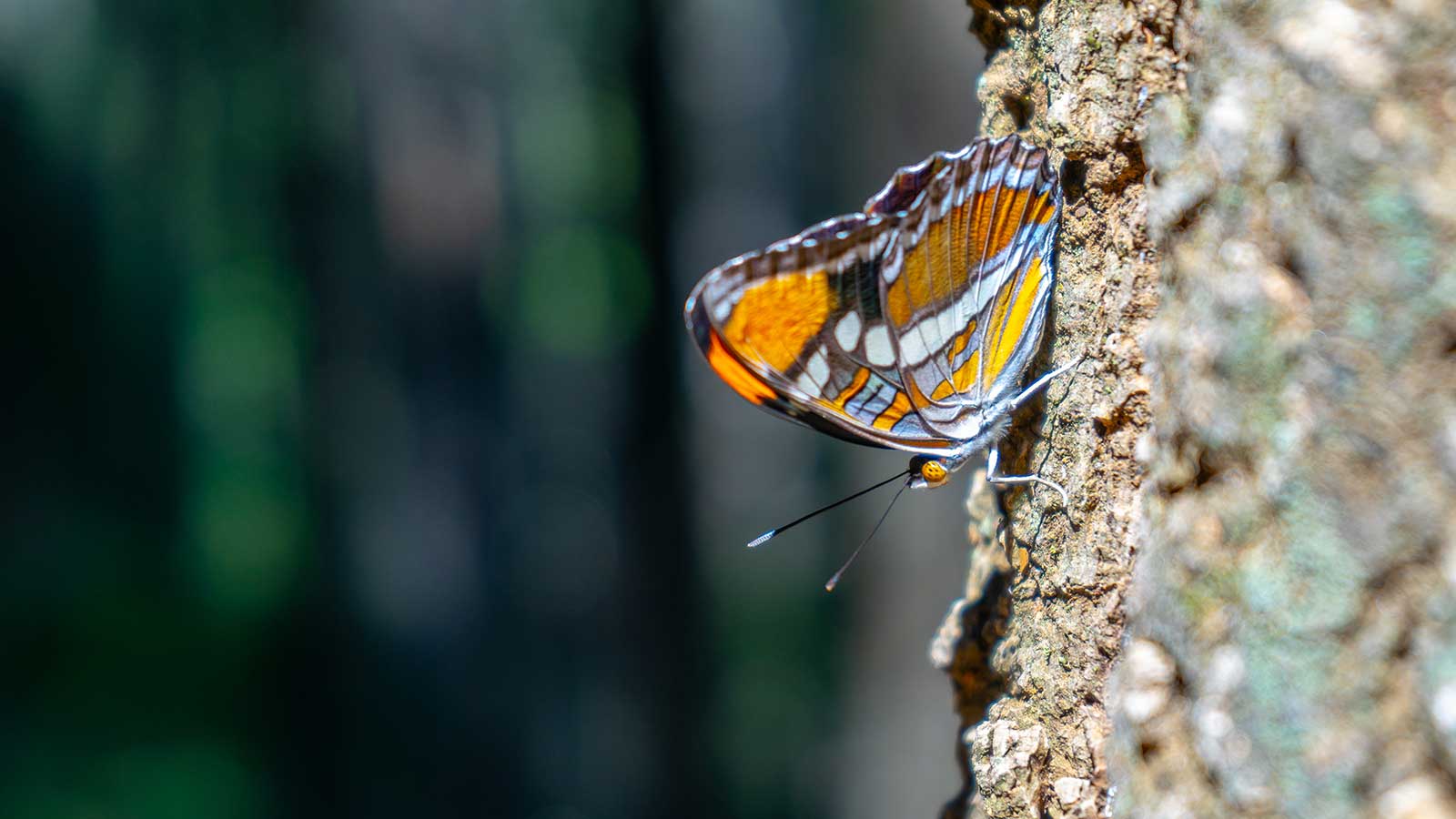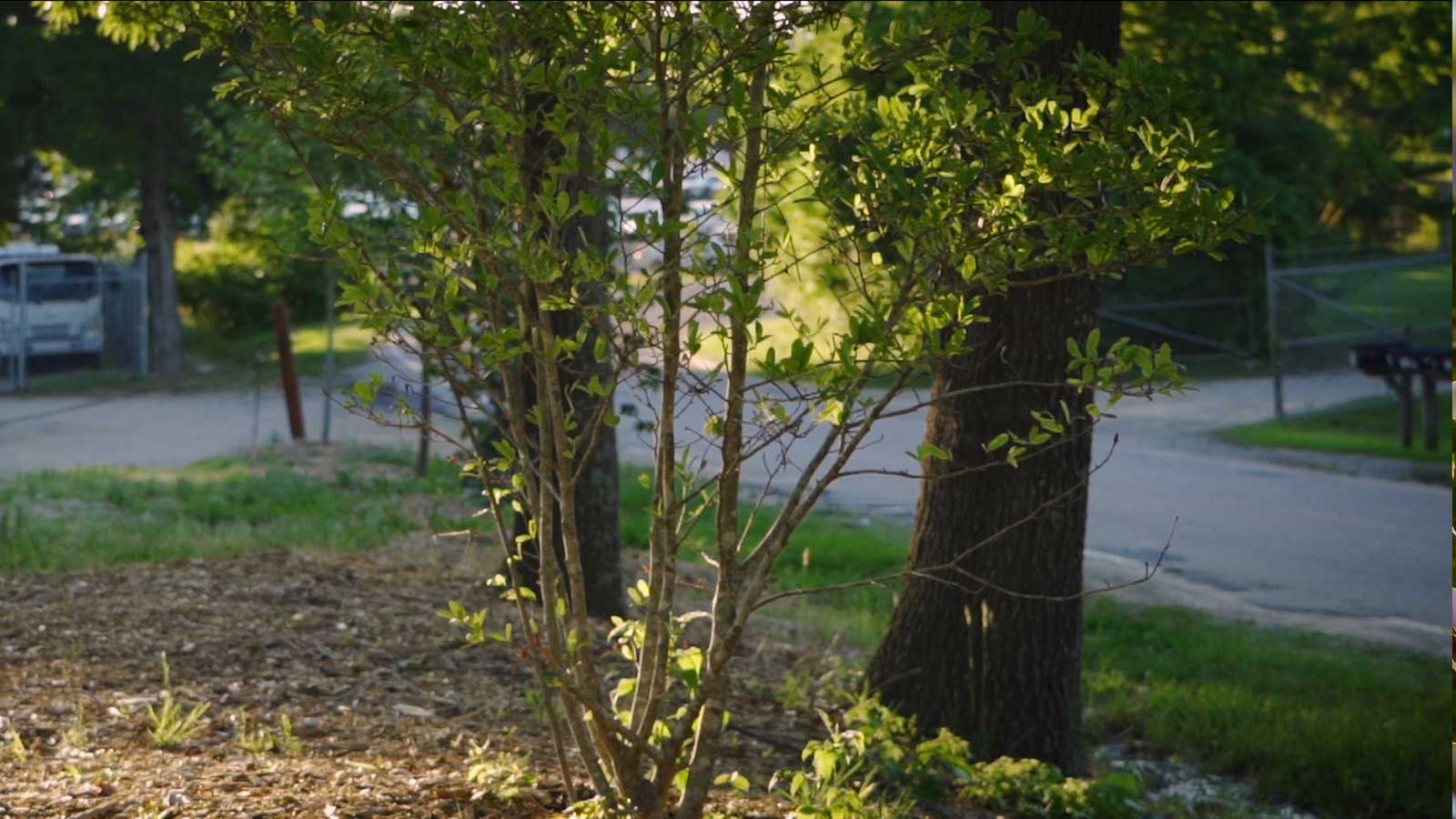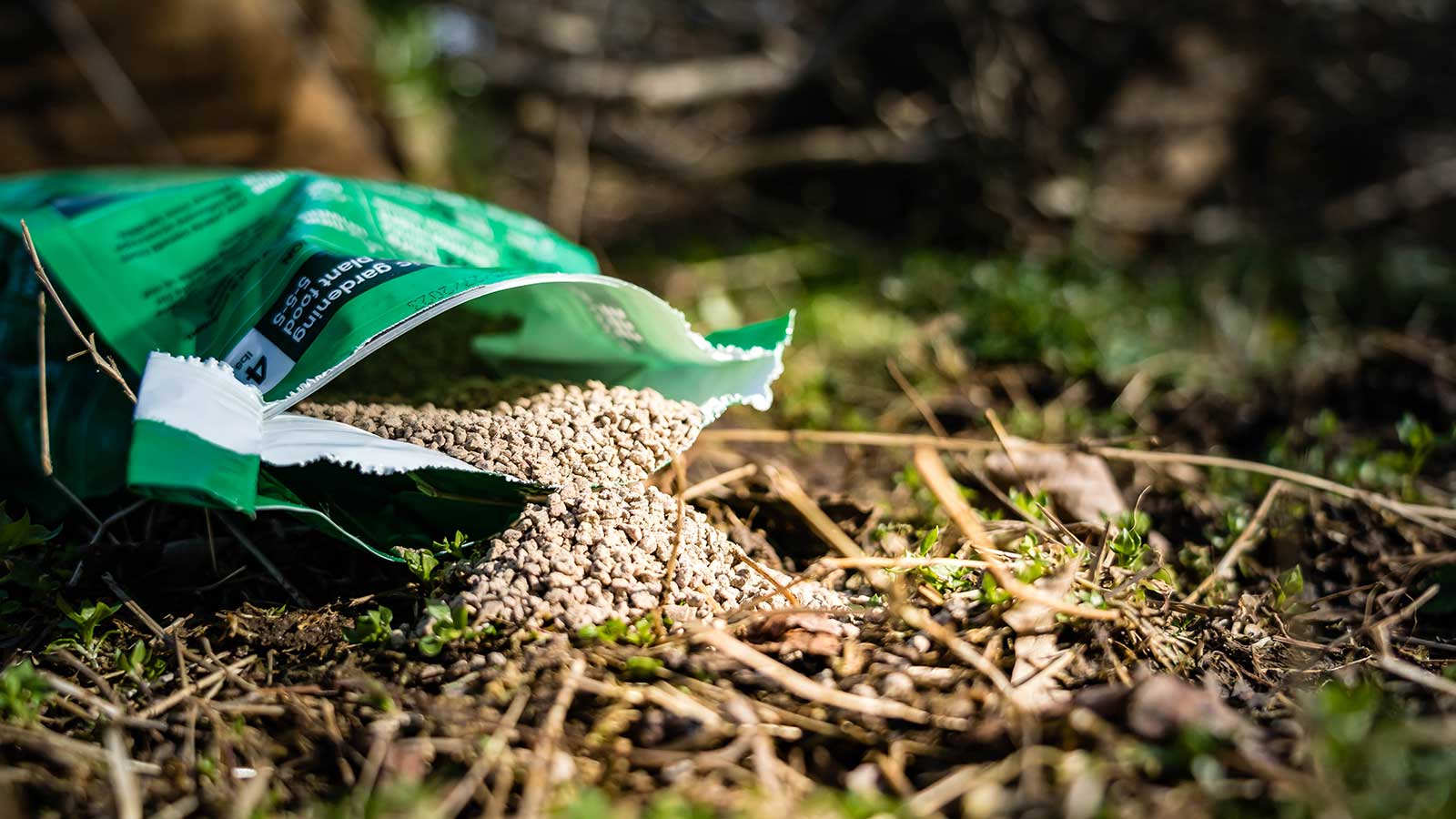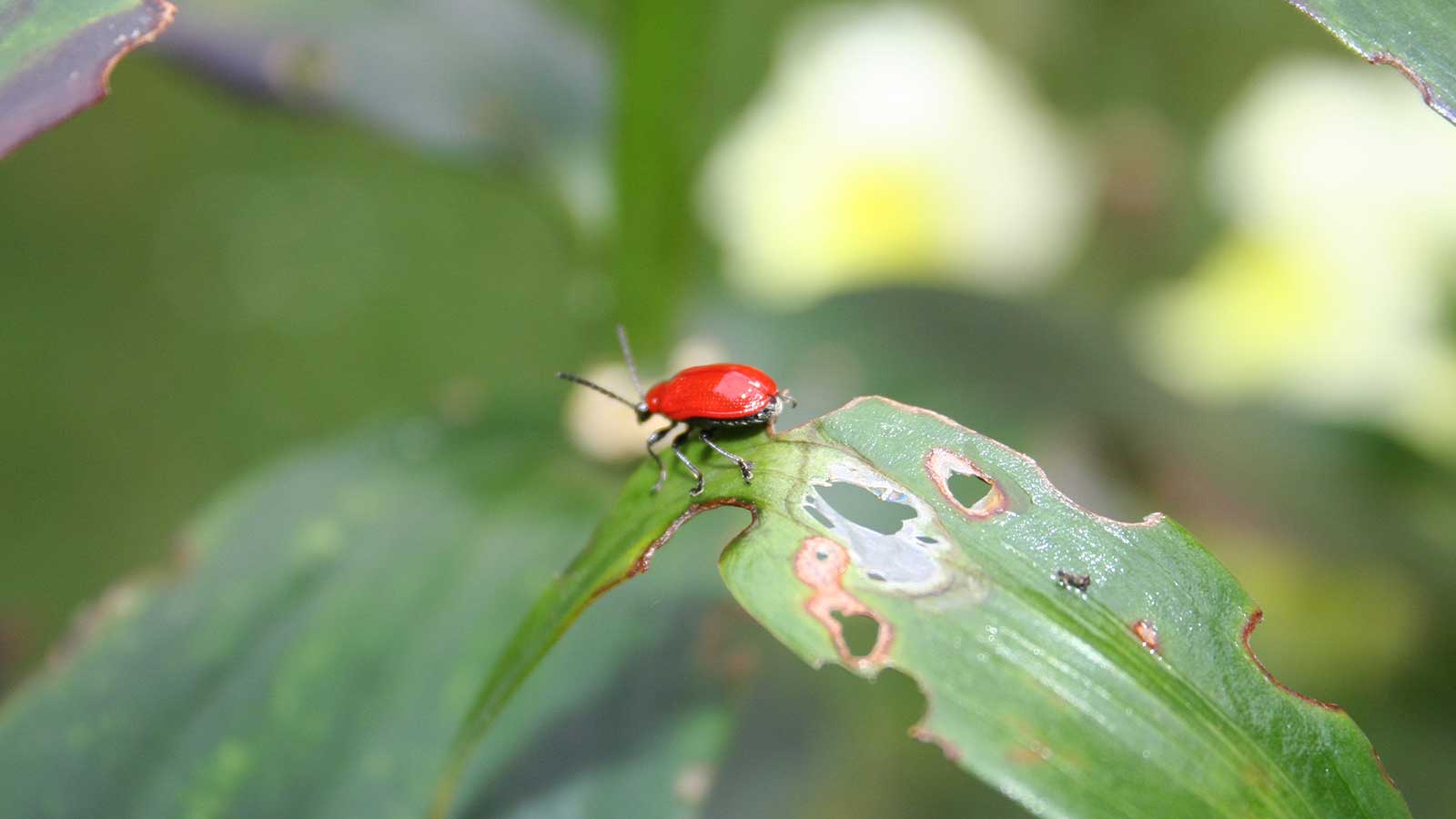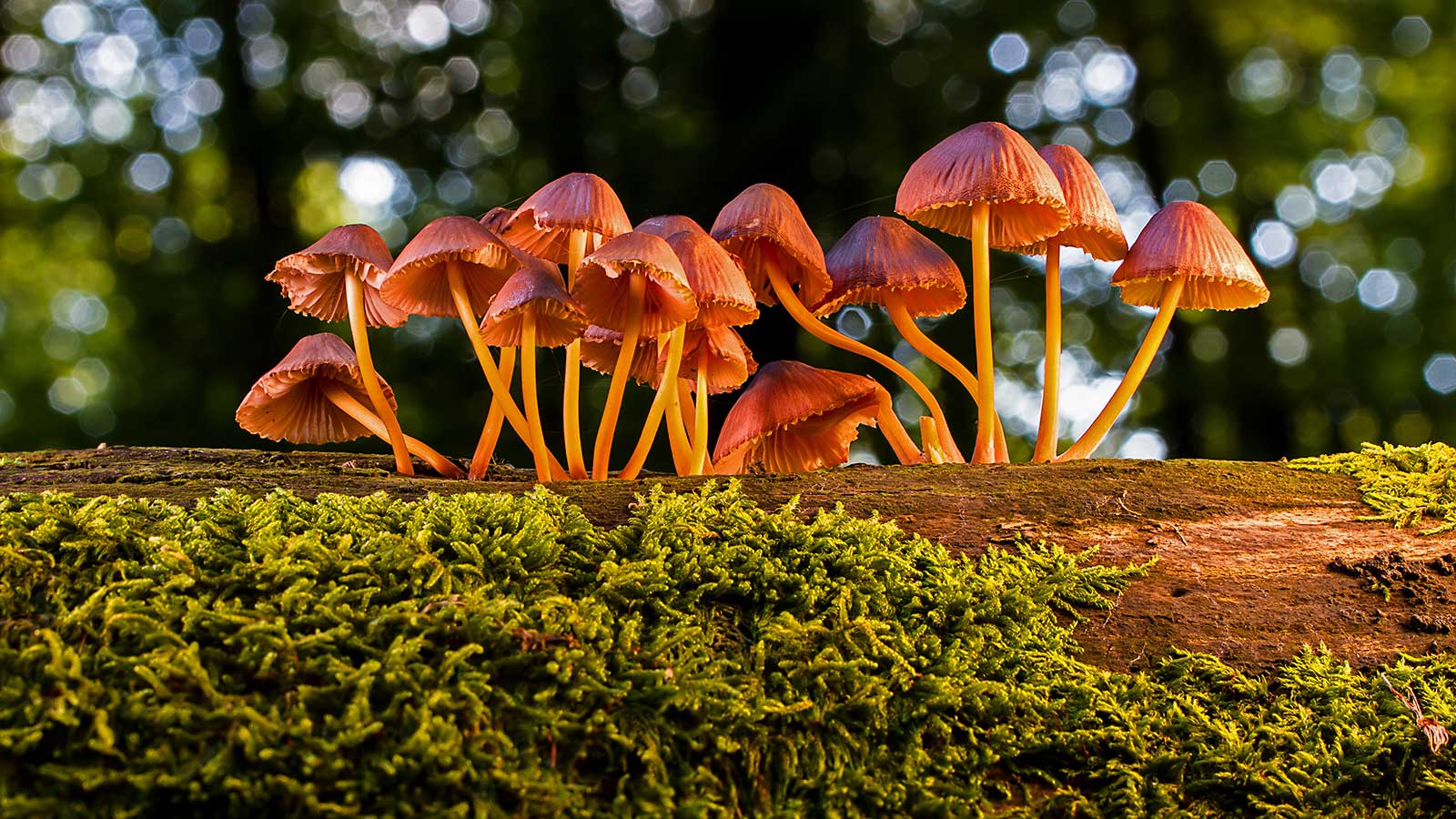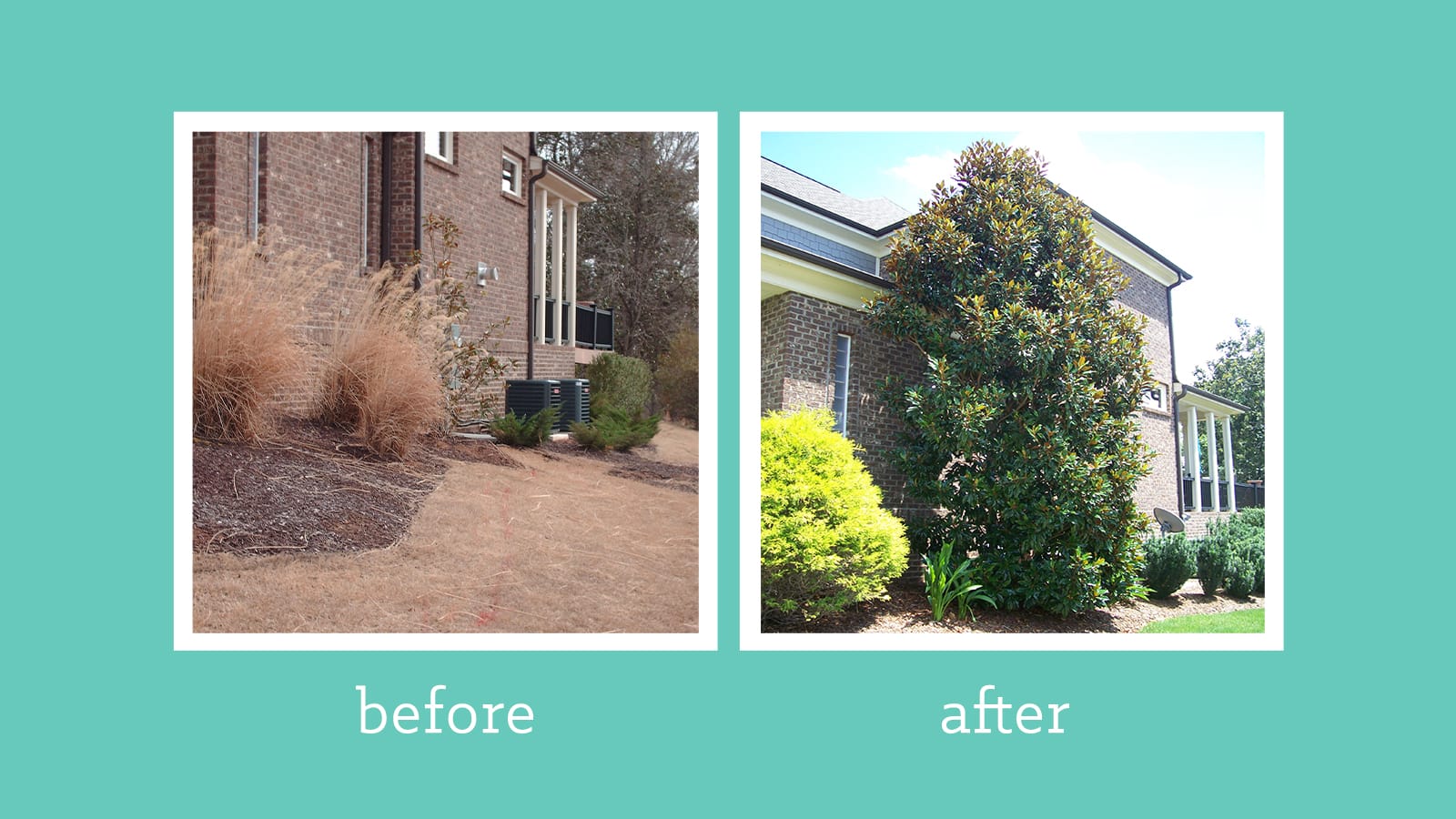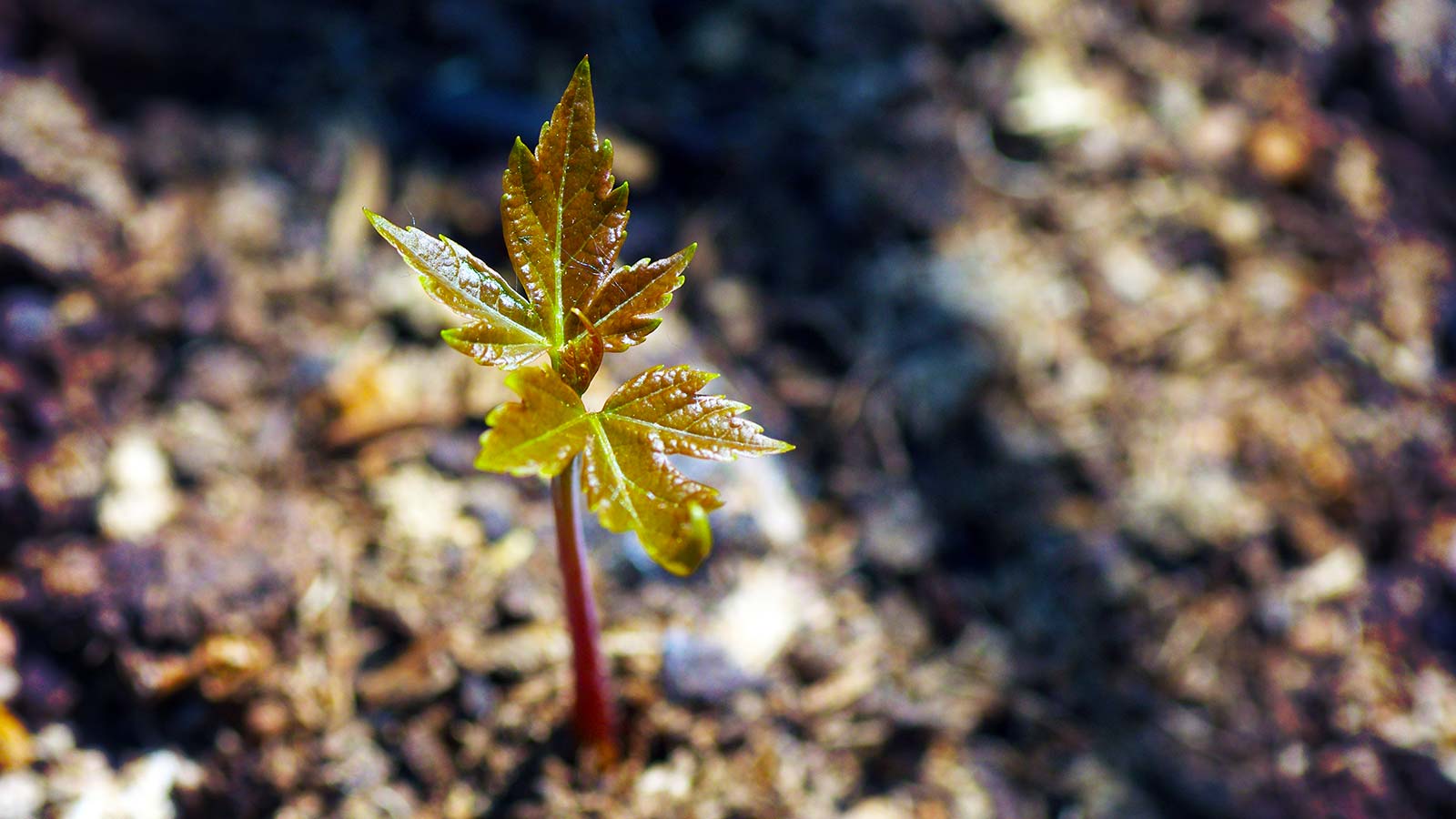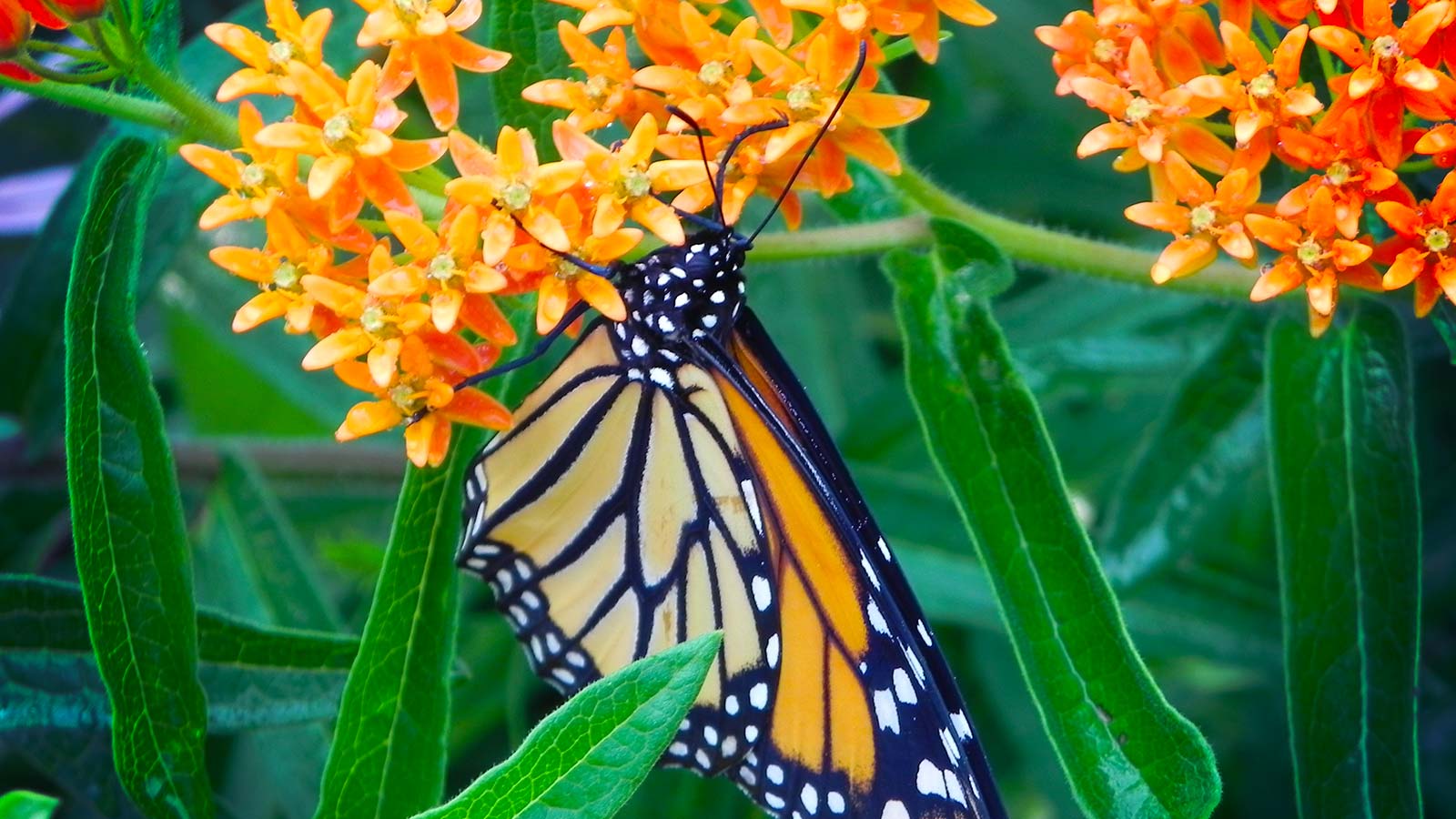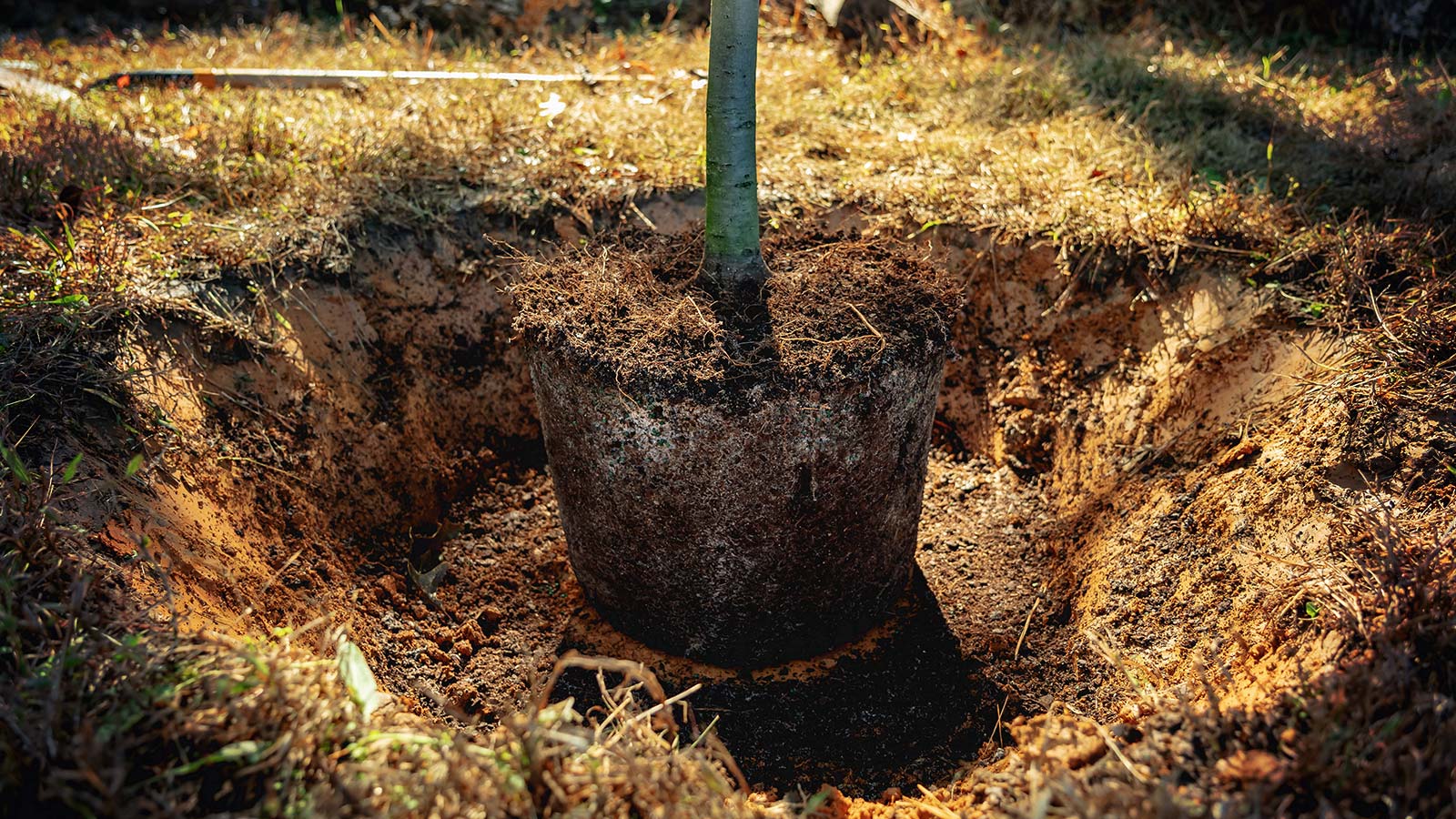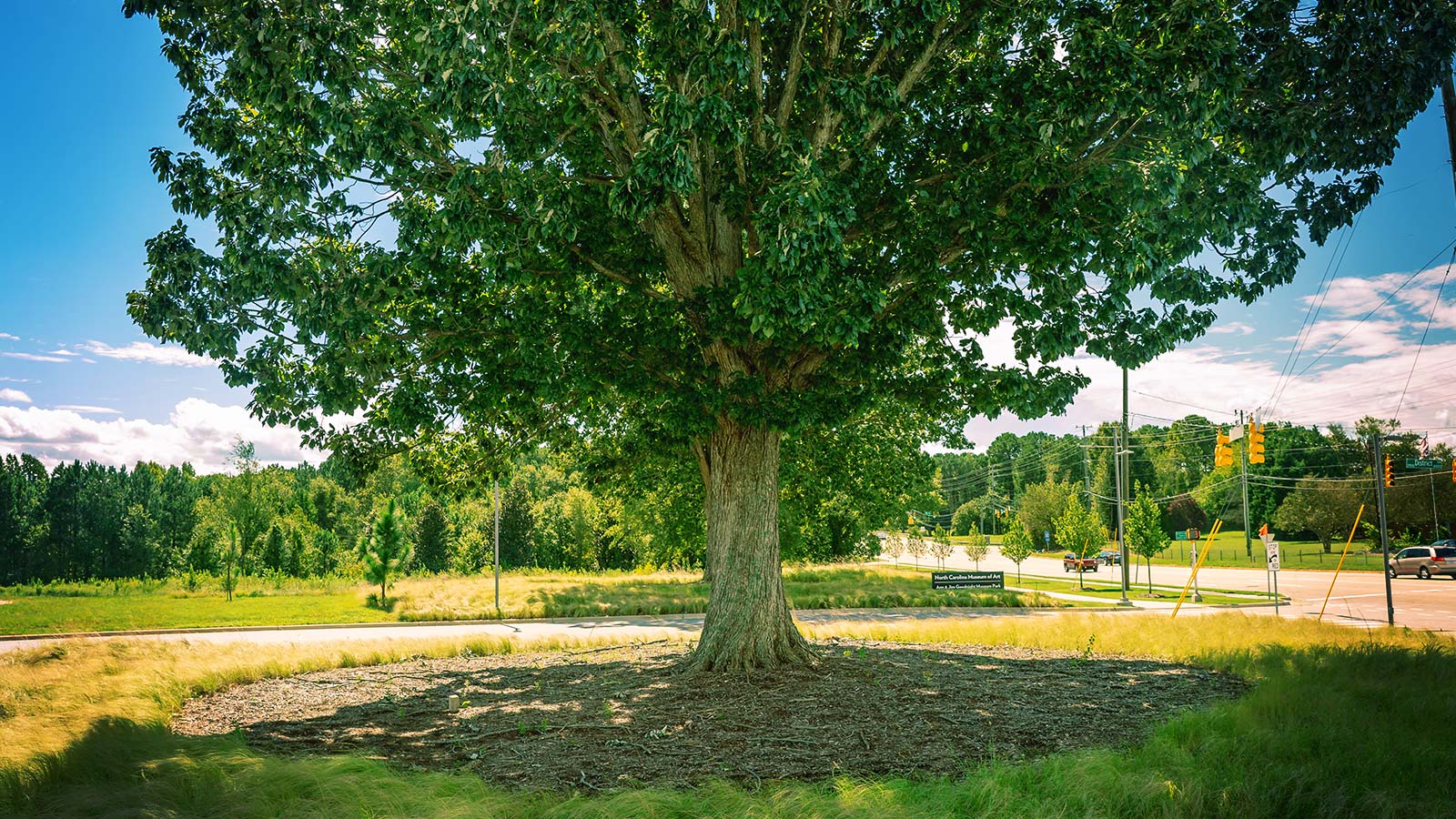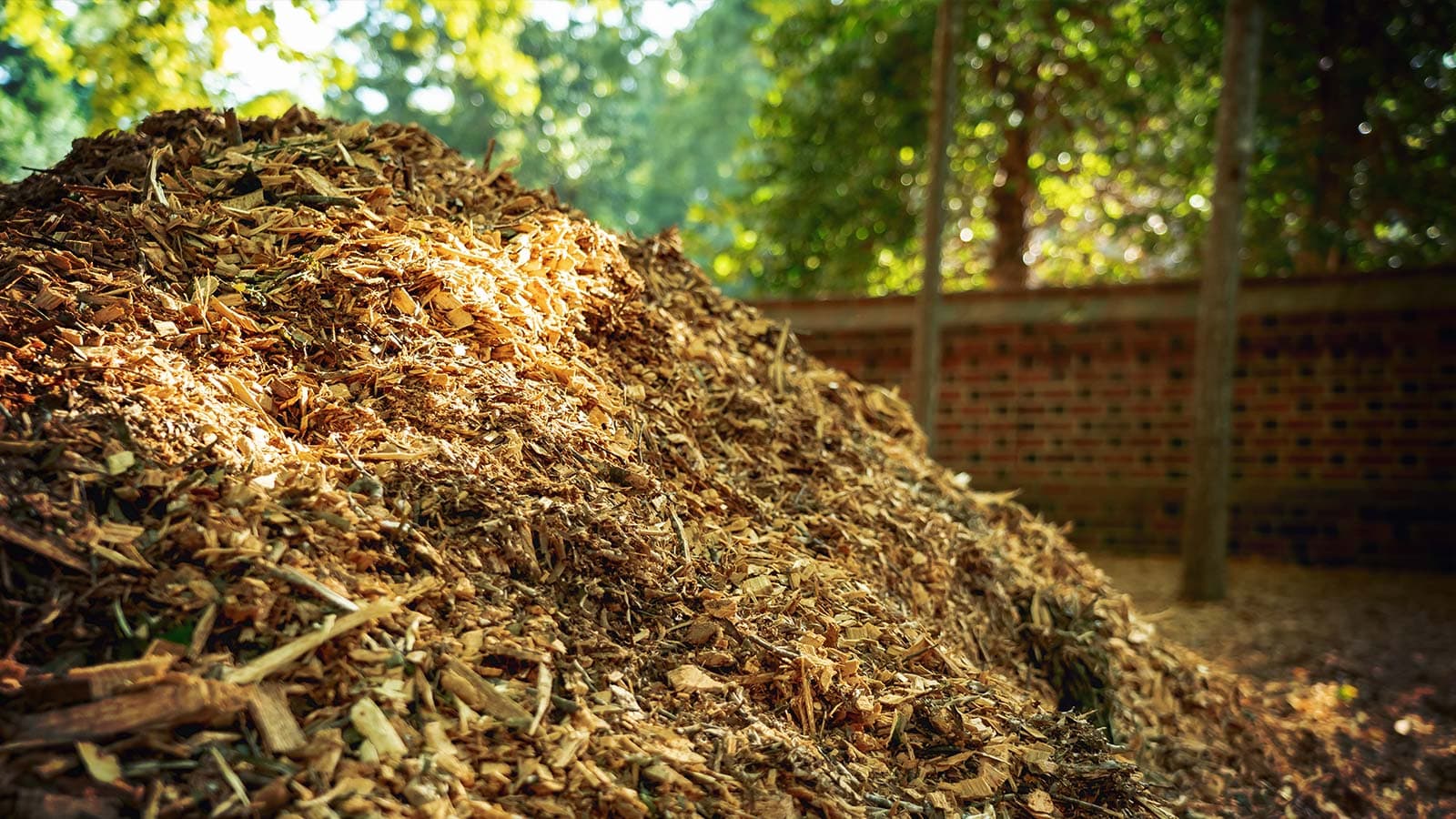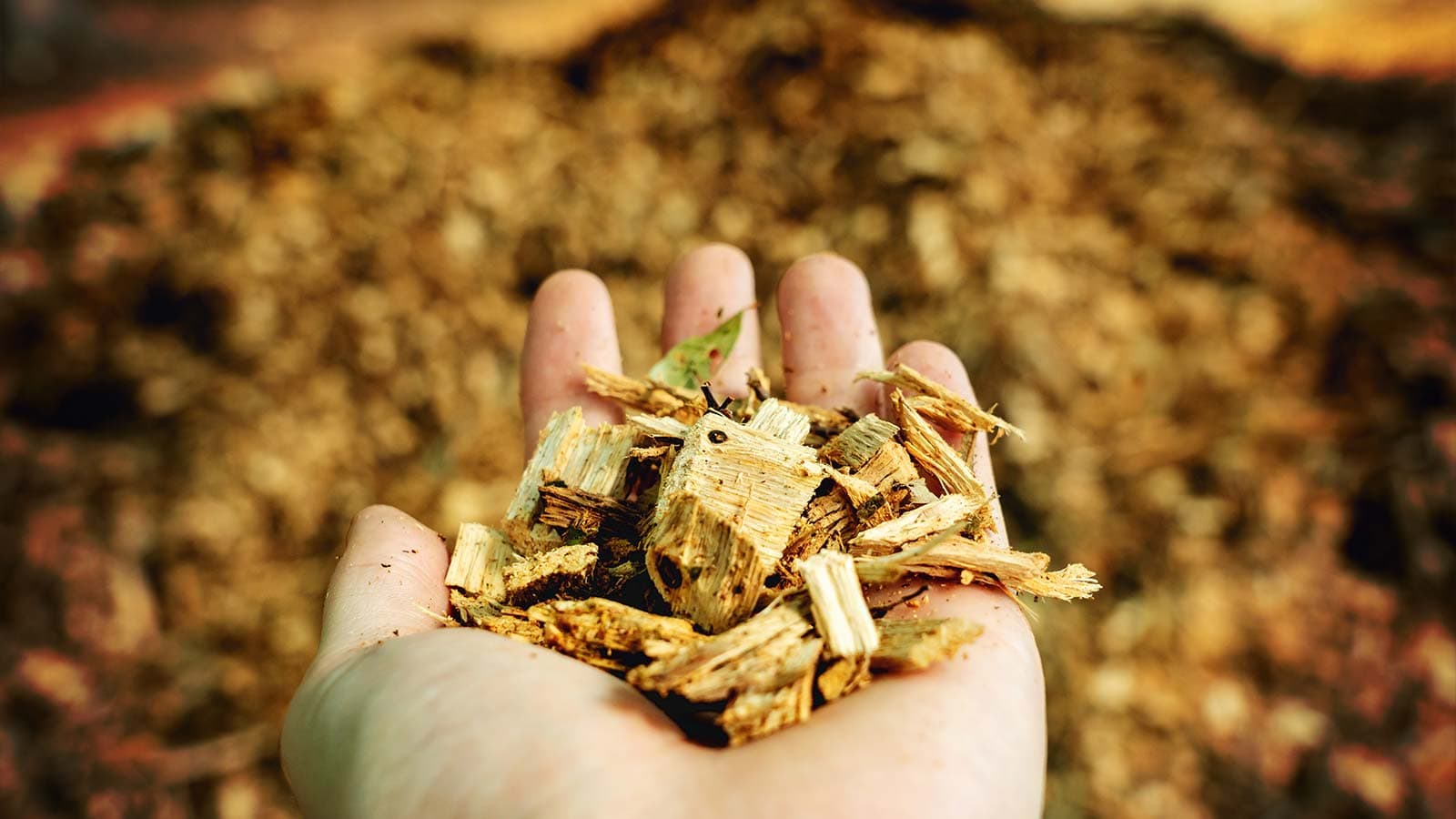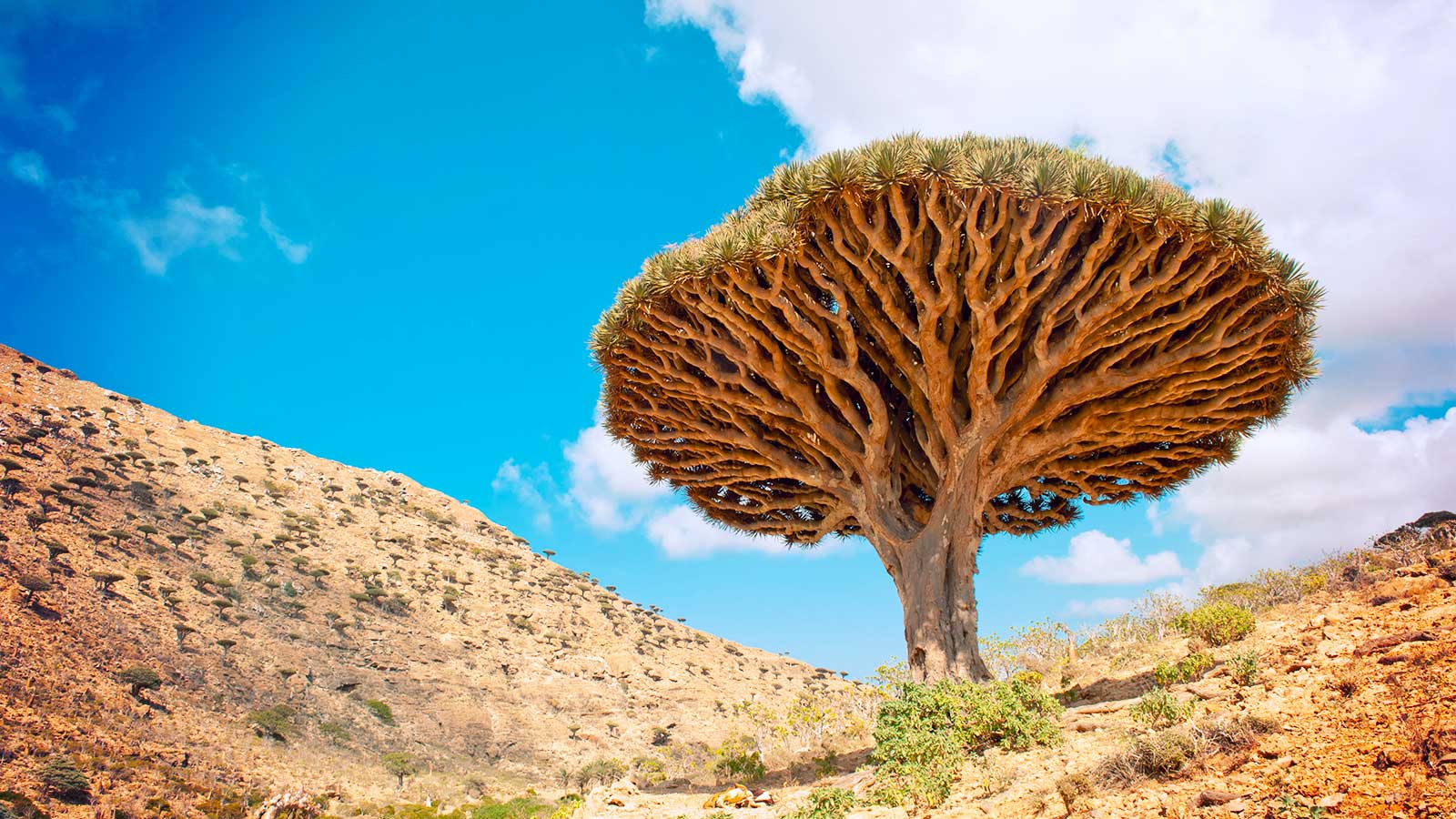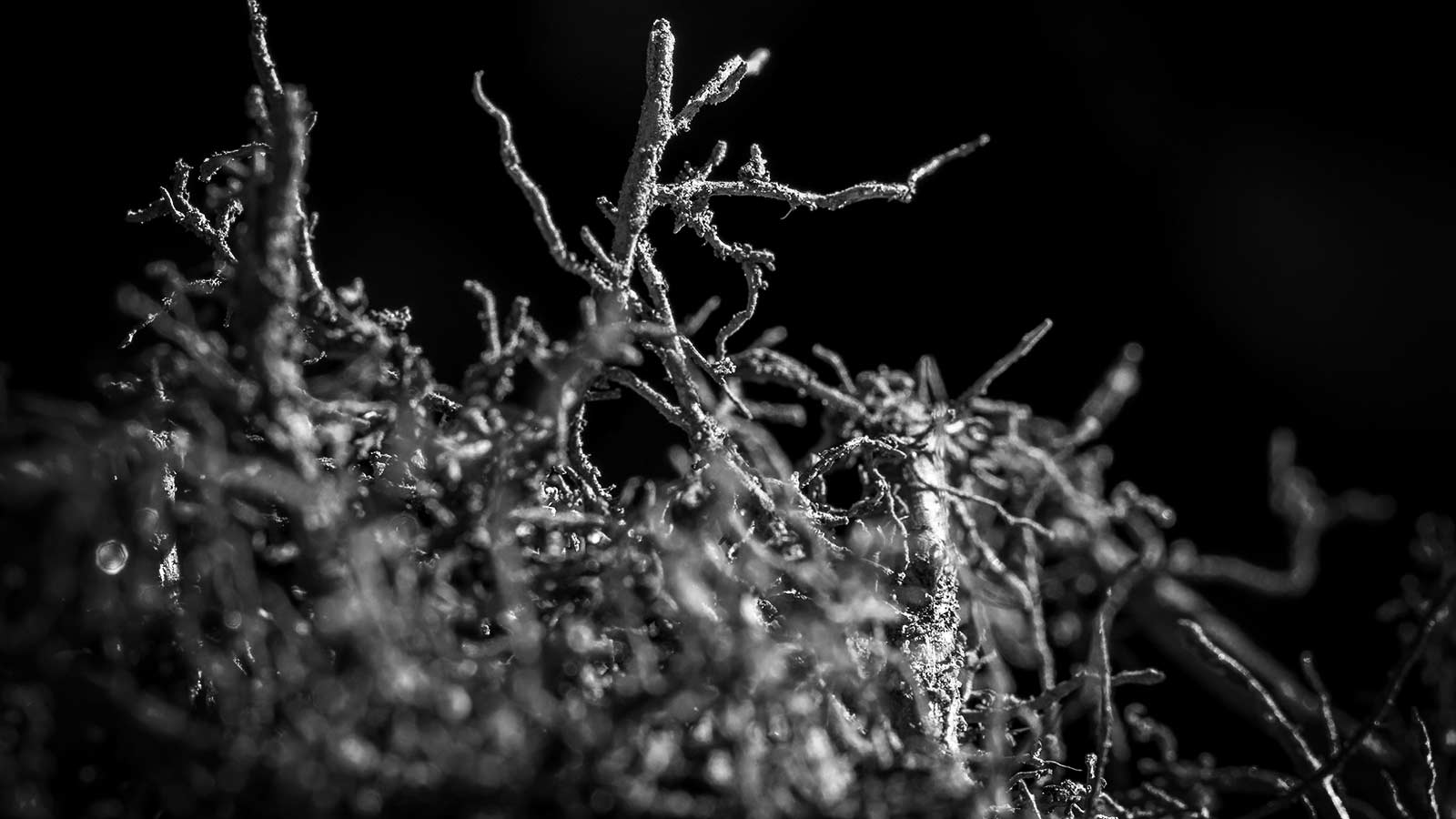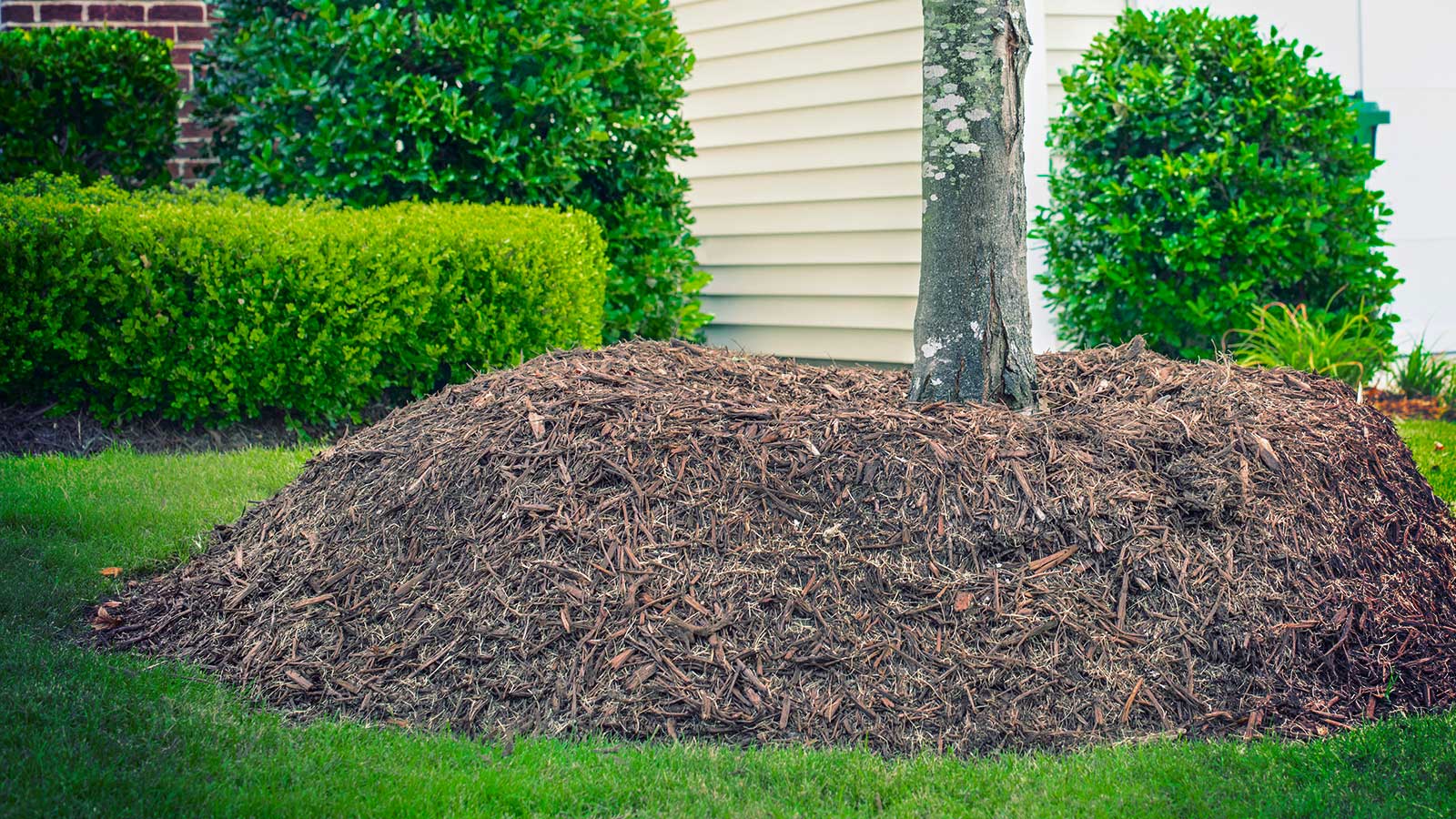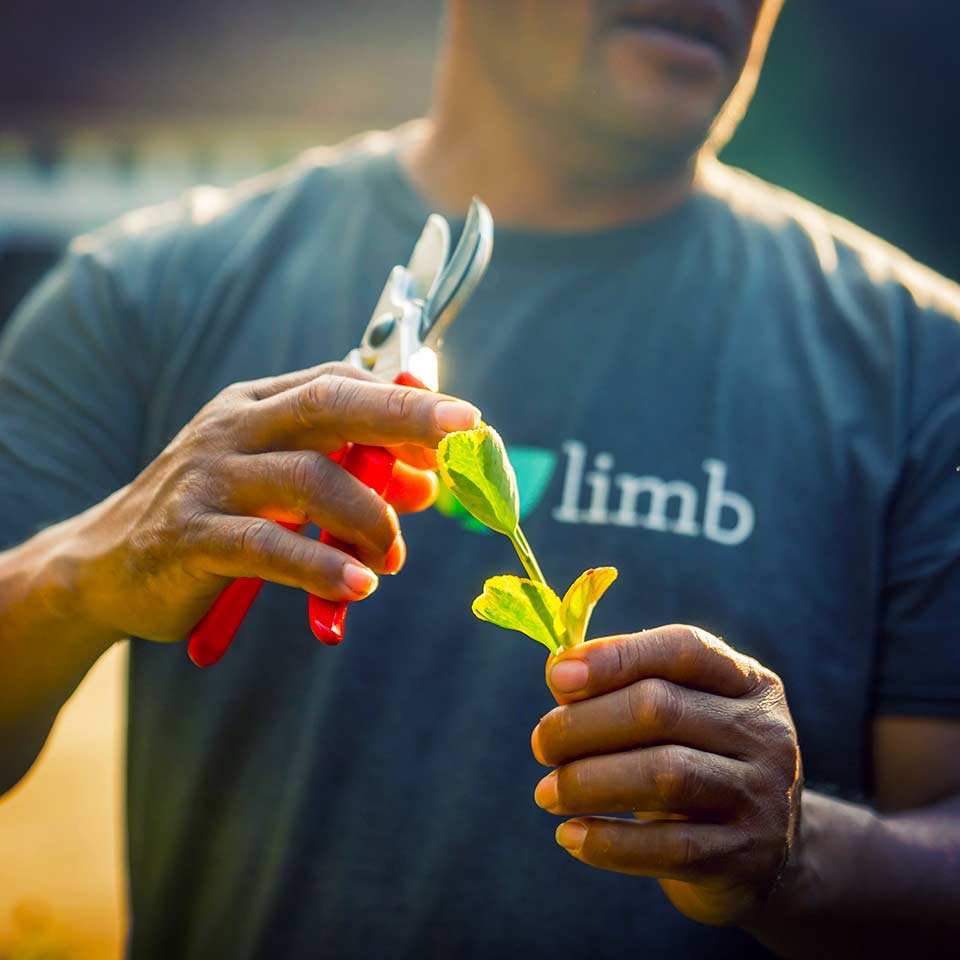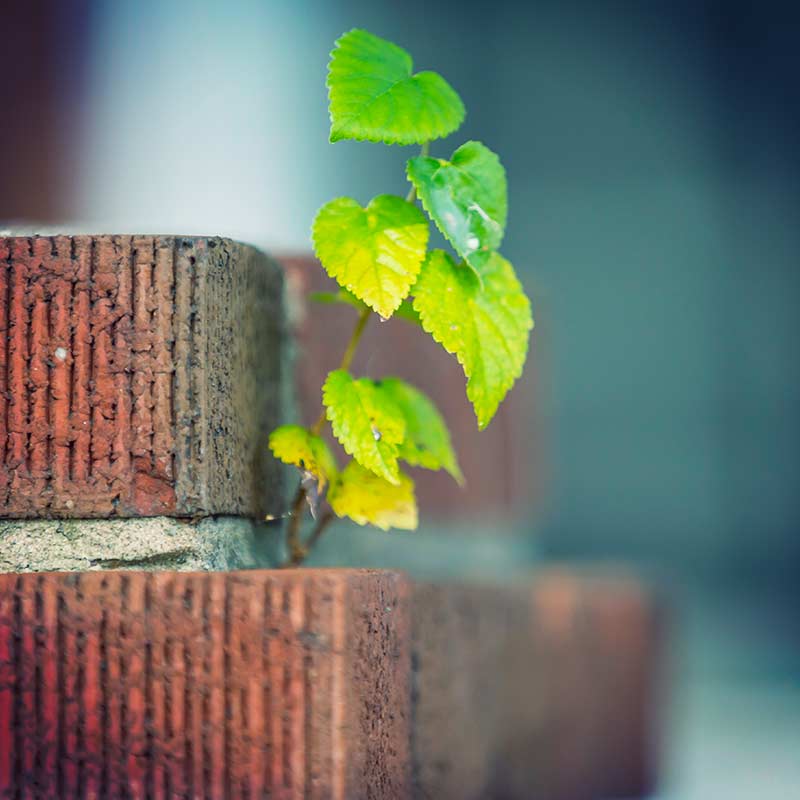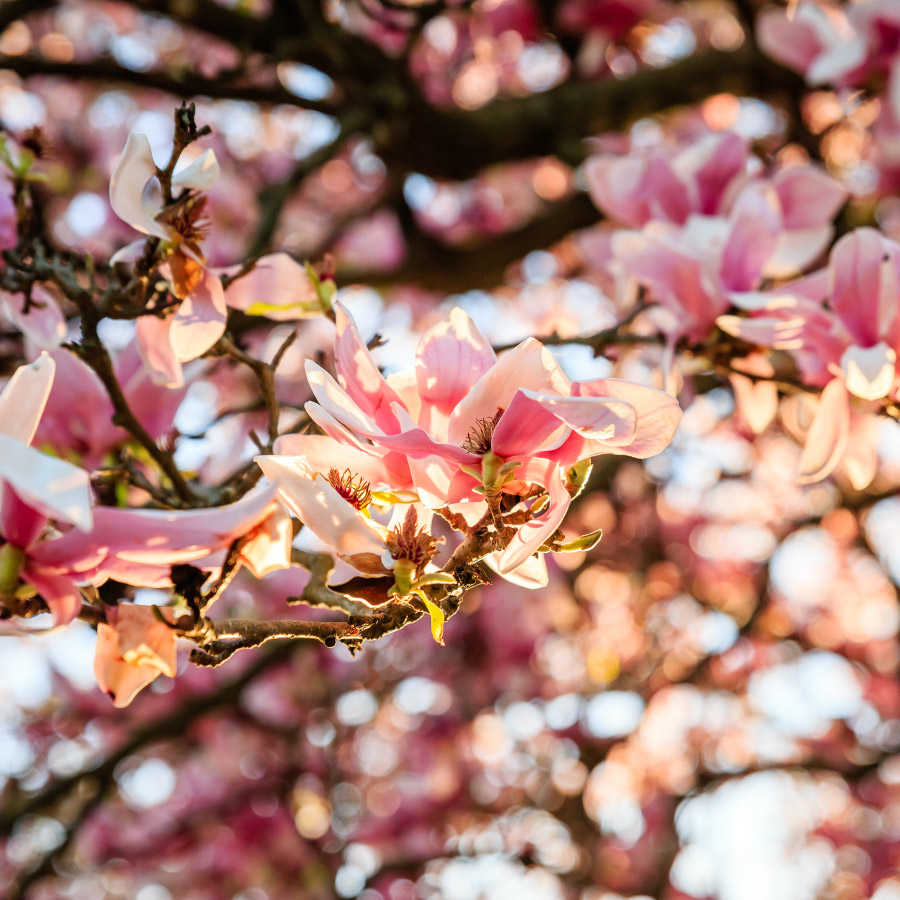How Invasive Trees and Shrubs Harm Our Local Ecosystem and One Way You Can Reverse That Damage
We are facing a rapid loss of biodiversity. Planting native trees and shrubs instead of invasives is one way to increase biodiversity and heal our local ecosystem.

According to the World Wildlife Foundation's Living Planet Report, we have lost an average of 68% of our biodiversity in the last 50 years. This means that the variety of plants, animals, and fungi in a given ecosystem is rapidly declining. And we know that in order for an ecosystem to be healthy and resilient, especially in the face of climate change, it needs to have a lot of variety.
The good news is that we can do something about this. Planting native trees and shrubs instead of invasives can help restore the biodiversity that has been lost over the last several decades.
How do we reverse this damage?
Our local ecosystem has an overabundance of invasive plants like Bradford Pears, Chinese and Japanese Privet, and Nandina. Instead of planting these, choose native trees and shrubs like Post Oak, Serviceberry, Fringe Tree, and Carolina Cherry Laurel. Invasive trees and shrubs should be removed and replaced with native species.
What are invasive species?
Invasive species are organisms that have been introduced to new areas. Many invasive species are brought to an environment by humans, either accidentally or on purpose.
These plants provide very little food or benefits for native wildlife. For example, Bradford Pear trees provide food for only two types of caterpillars — this is significantly less than native trees.

But why are invasive plants like Bradford Pears such a big problem?
One of the big reasons is that native insects aren't able to feed on these species because they can't overcome the plant's natural defenses. This means that as they spread and take the place of native trees, there are also fewer food sources for insect-eating birds. And since the number of animals living in urban and suburban areas has been rapidly declining for decades, this is a disaster in the making. Furthermore, rapid development has come with the addition of more than 40 million acres of grassy lawns that often include just a few ornamental trees planted here and there. These smaller green spaces with only a handful of species just can't support a healthy environment.
More Development = More Invasives
In many areas across the country, rapid development is destroying wooded areas to allow for construction. Removing trees and replacing them with houses, lawns, and trees from other places has damaged the natural balance of these habitats in a big way. In addition, developers often choose to landscape in bulk, often planting invasive species, because it is more affordable and easier to manage. Unfortunately, this practice often creates a monoculture, which causes the ecosystem to be less resilient.
A healthy ecosystem has many different native species that all work together and depend on one another in some way. Like each organ in your body has a special job that helps keep you alive, every living thing in a habitat depends on the others to feed it or protect it from harm. So when one thing changes, for example, putting a new tree in an area where it doesn't belong, the whole habitat is affected.
Invasive trees can do major damage to the ecosystem where they are introduced. For example:
- They don’t provide the same food, shelter, and other benefits that native species do.
- They often grow quickly, which can block sunlight for native species.
- They can have advantages with which native species can't compete. For example, the Tree of Heaven produces a toxic chemical that kills any plants that try to grow near it.
- They don’t usually have natural enemies in their new habitats.
- They use up the food, water, and space, depriving native species.
Ecosystems become less diverse when native plants and animals die due to invasive species. If a piece of the food web disappears, the whole ecosystem is in danger of crumbling. But even though the problem of invasive species is a big one, there's plenty to be done to protect the environment right in your own yard.
Replacing invasive trees with natives is vital for making a habitat healthy again. One of the most significant benefits is that native trees and shrubs require less maintenance once established. Additionally, they are used to living in the exact climate and soil type in your area, so they can thrive without needing extra water, fertilizer, pesticides, and herbicides. The bottom line? Native plants can save you time, money, and precious natural resources.
What are native species?
Native species are plants and animals commonly found in an area and are a critical part of an ecosystem. In the case of trees, they provide food and shelter for native birds, insects, and invertebrates.
Remember that example of the Bradford Pear and the two species of caterpillars? At the other end of the spectrum, a Post Oak provides food for approximately 550 caterpillar species! These caterpillars are food for a variety of native birds, including chickadees. When these birds are young, they need to eat about 7,000 to 10,000 different larval species in the first two weeks after hatching. Most of which live on native trees.

Next Time Choose Native
Native trees are excellent sources of food and shelter for native animals and generally don't take up too many resources. For example, planting a native Oak not only supplies acorns for squirrels to eat, but it can be an essential nesting habitat for birds. Another option is a Serviceberry, which gives nectar and pollen to insects and birds, and its fruit is food for mammals, birds, and even people. In some cases, native trees are essential for the survival of certain species. For example, more than 30 endangered and threatened species, such as the Red-cockaded Woodpecker, depend on the native Longleaf Pine for habitat. Want to learn more about native plants that thrive in the Piedmont region of North Carolina? Here is a Top 10 list curated by our Treecologists.
There are so many benefits to replacing invasive trees with natives. One of the most important reasons to choose native trees is to help restore the loss of biodiversity. By stopping the spread of invasive species and picking native trees, you can play a part in helping to make our native ecosystems strong again.





